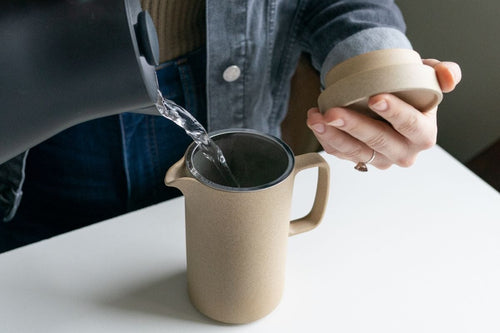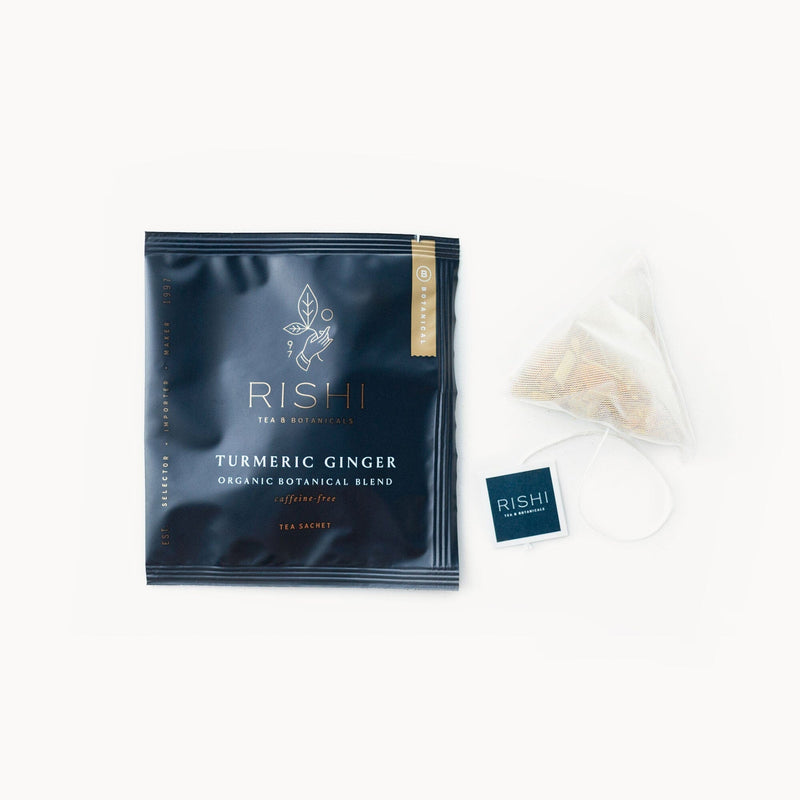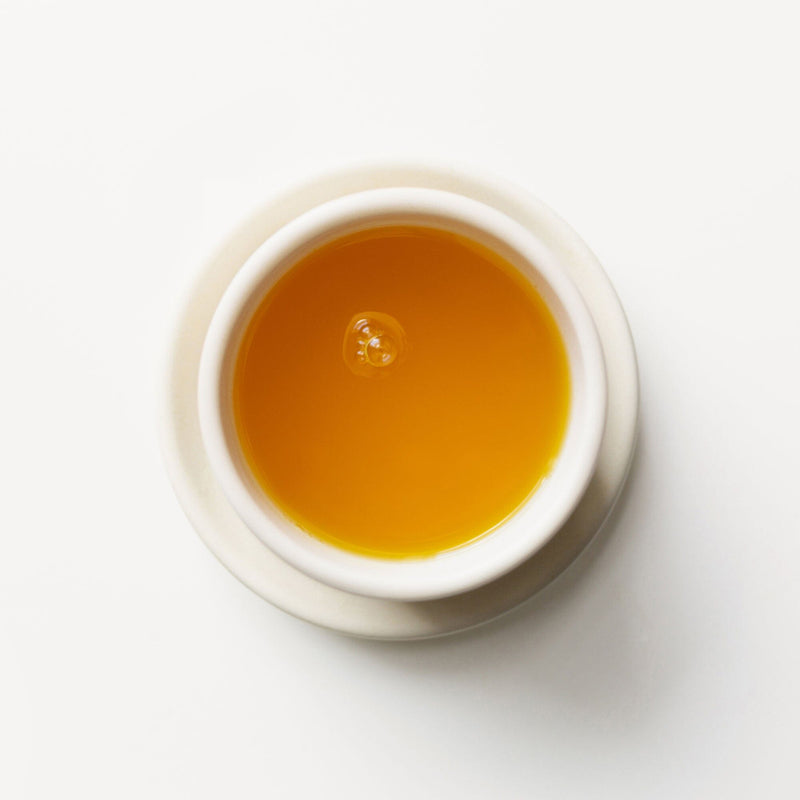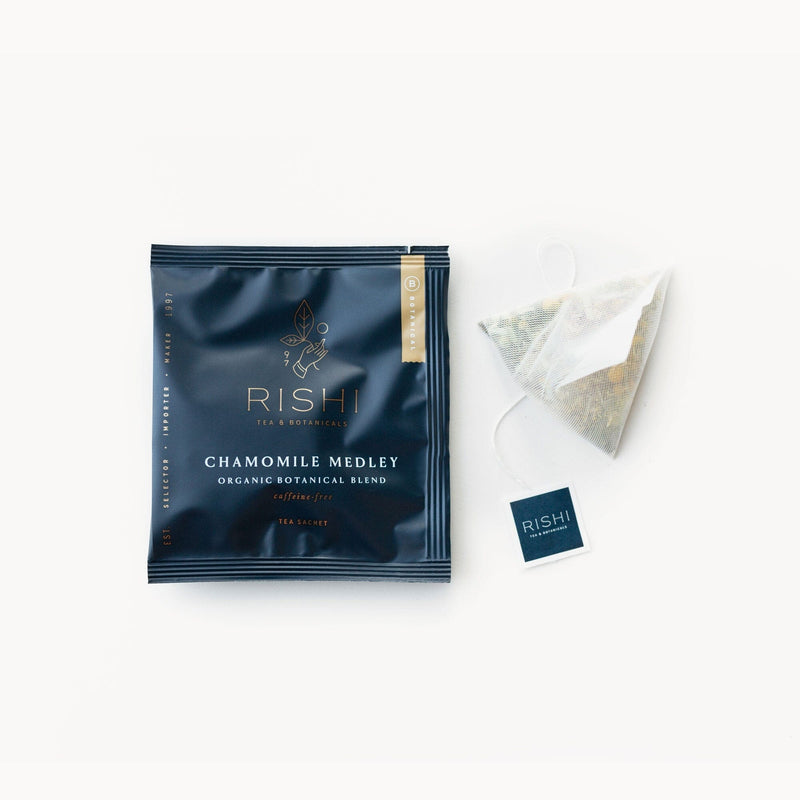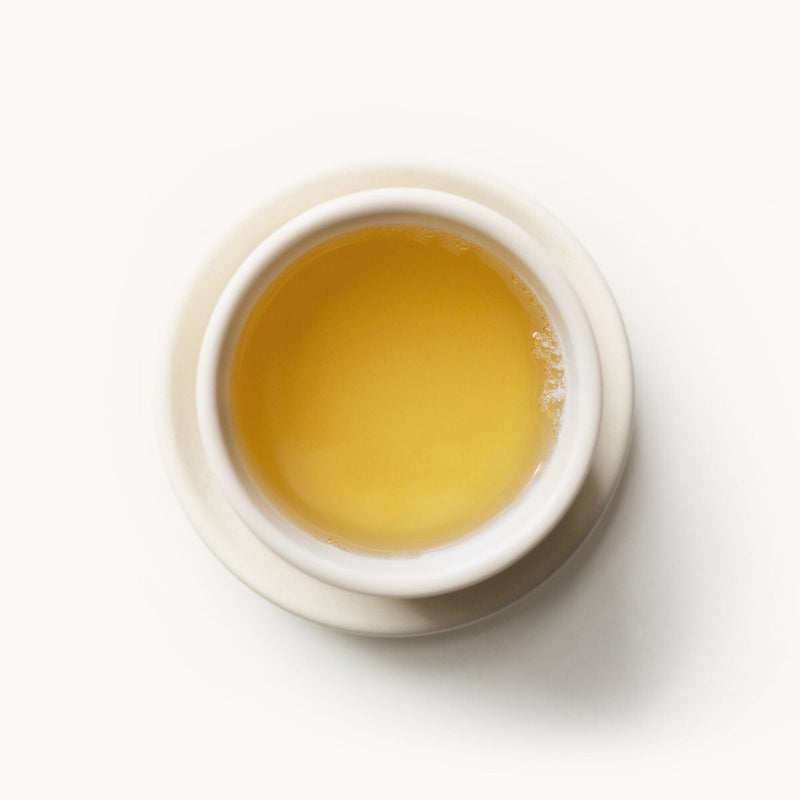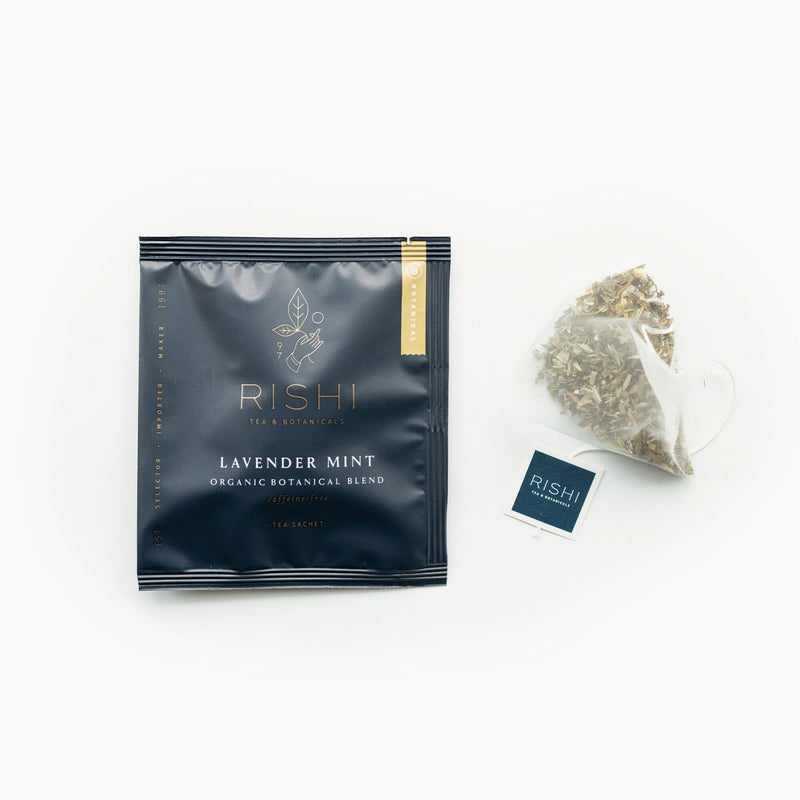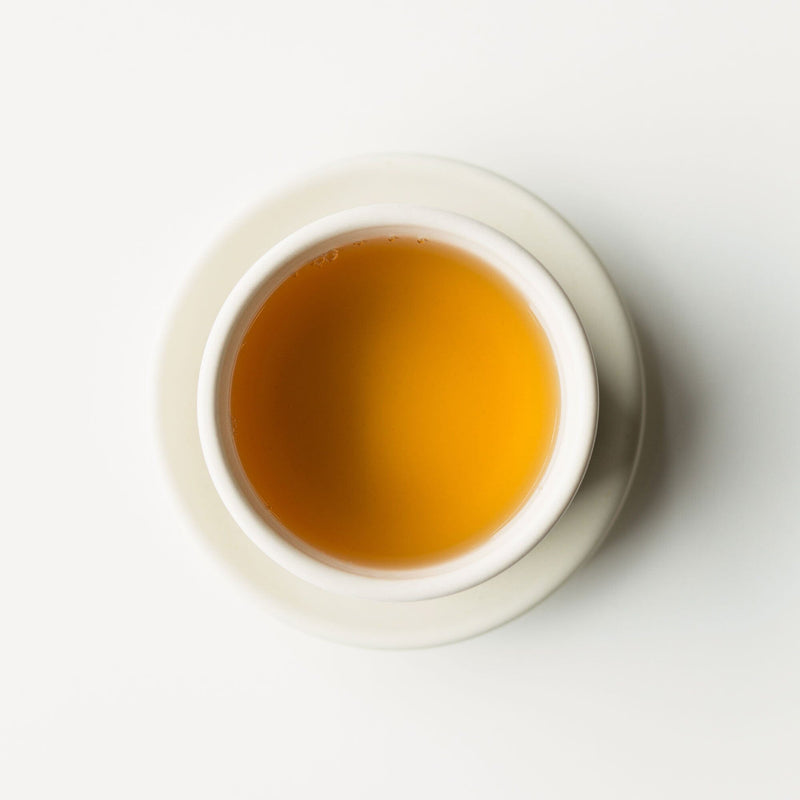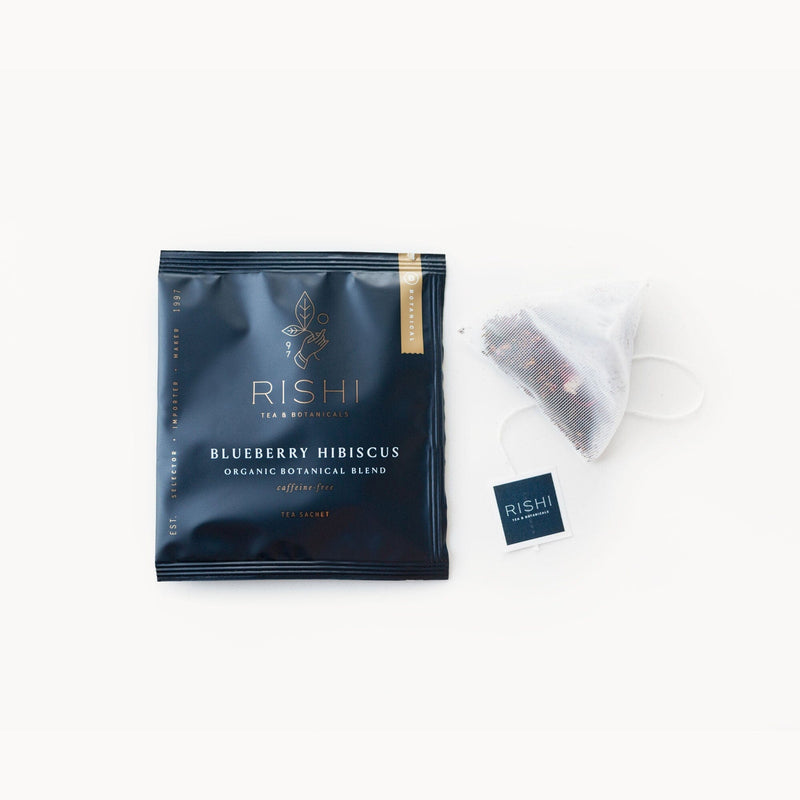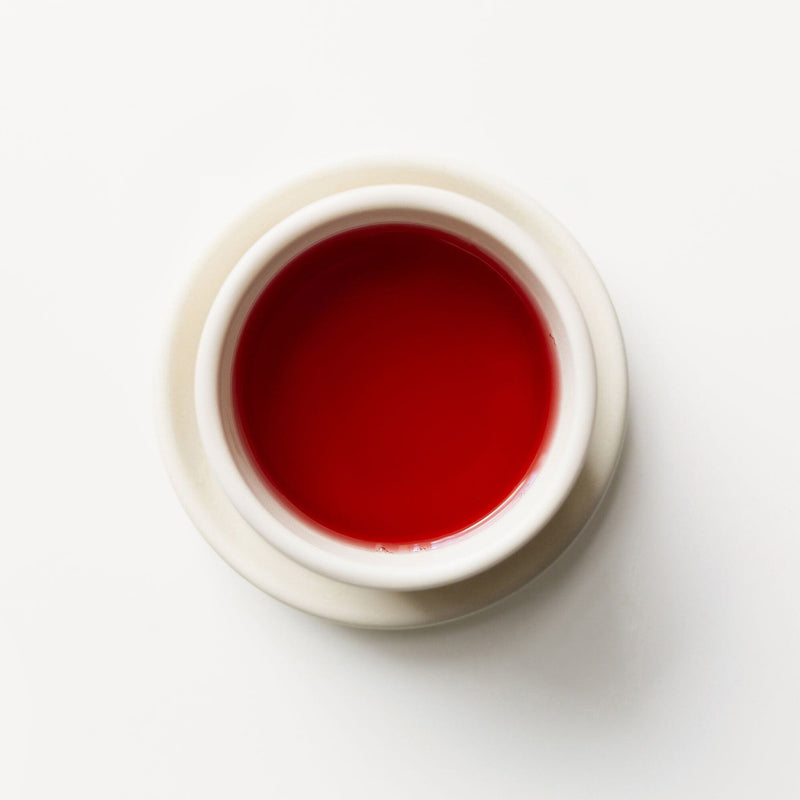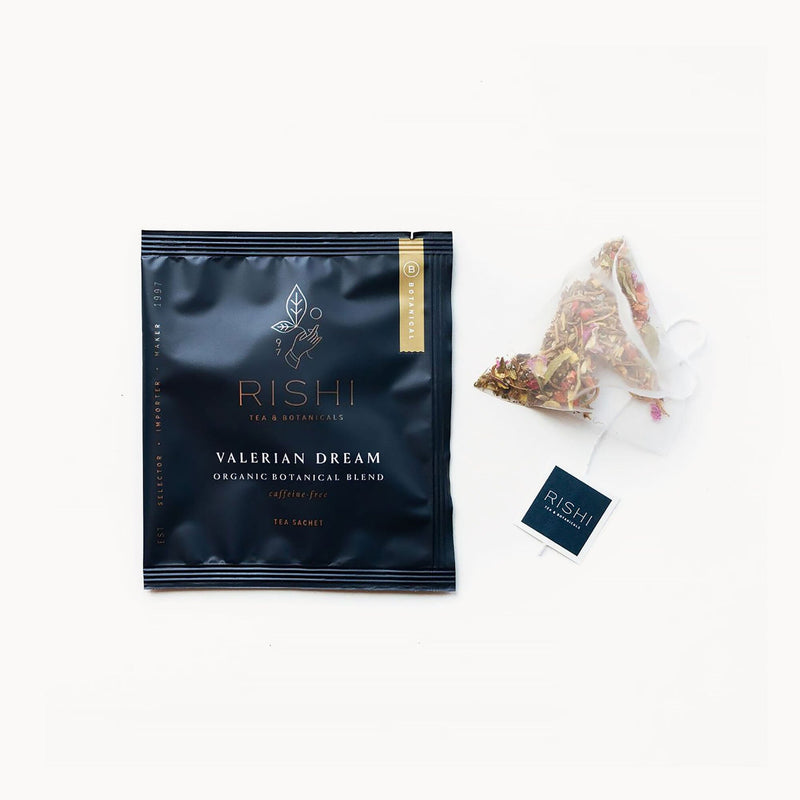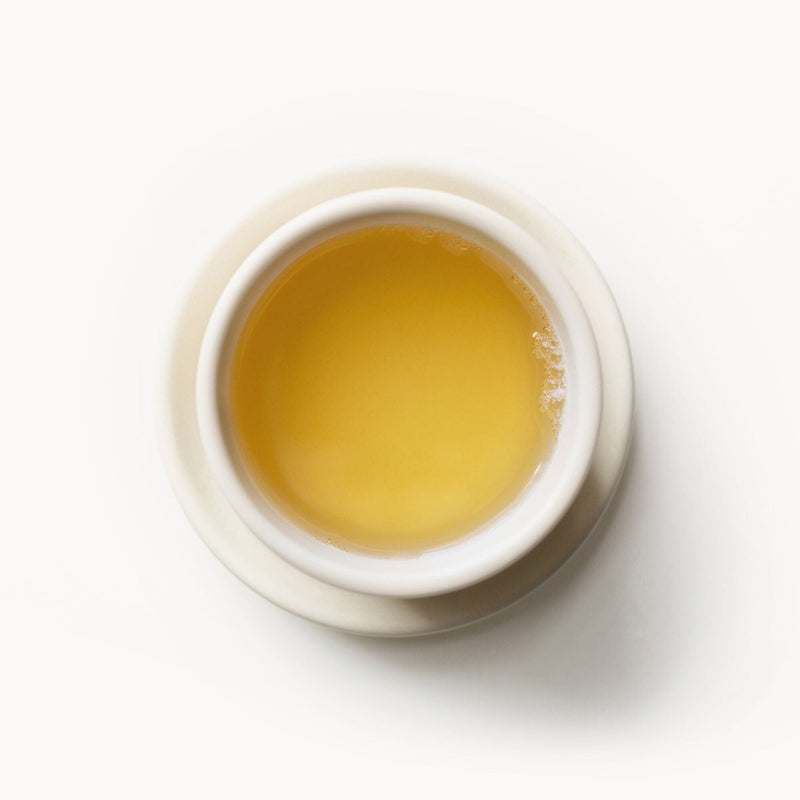-
•
- Lunar New Year Sale • Doi Wawee Sheng Pu'er Vintage Spring 2020


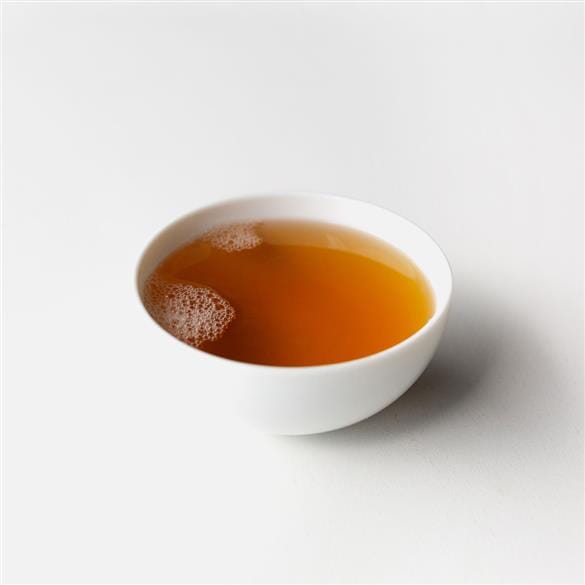
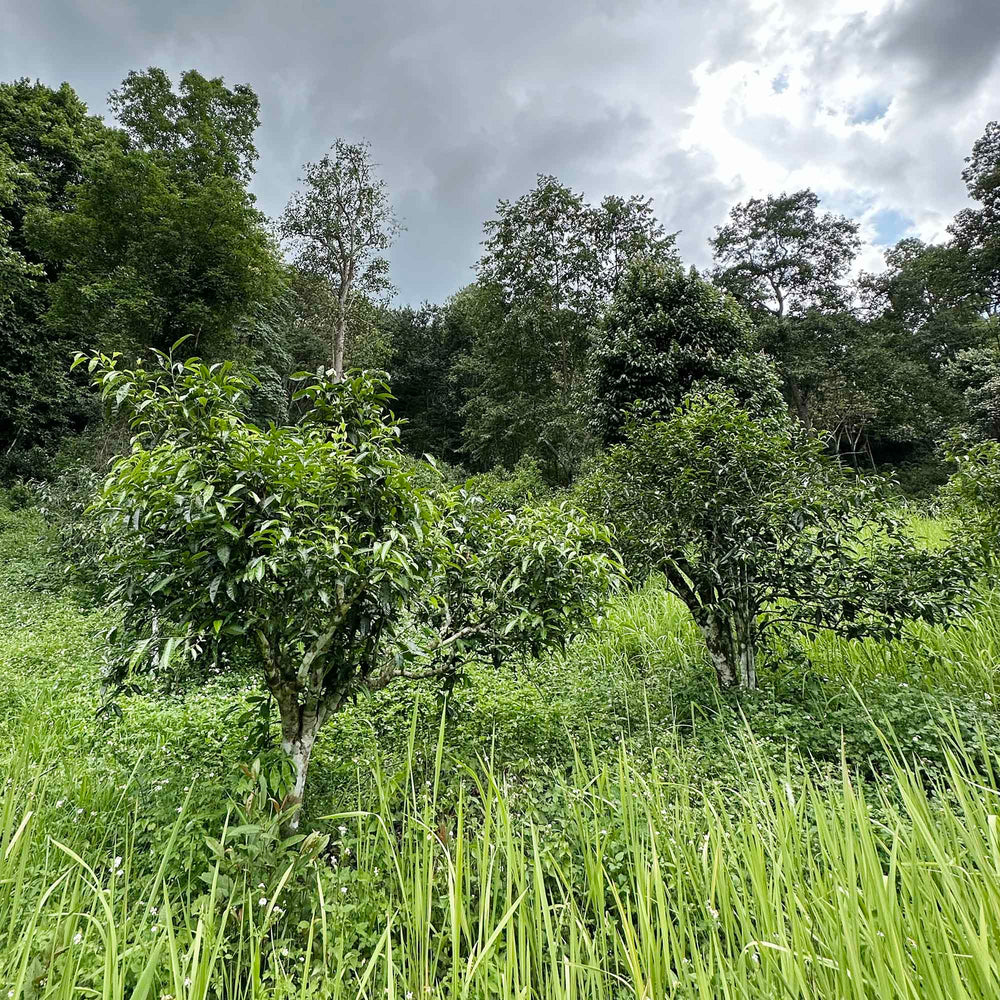




Doi Wawee Sheng Pu'er Vintage Spring 2020
Sandalwood, resin, wild
honey and vibrant
About this tea
The Doi Wawee Pu’er cakes we source are part of the incredible history of tea in Thailand. Throughout northern Thailand there are many old, abandoned tea plantations that have been left to grow wild from centuries past. Known locally by the Thais as “Assam tea,” these trees are part of an ancient tea journey that traces its roots back to the 11th and 12th Centuries. It is thought that the Bulang and Dai ethnic peoples were the pioneers of tea in this region and both groups planted tea seeds wherever they migrated. In more modern times, ethnic Han Chinese from Yunnan settled in the region and became stewards of the ancient tea tree forests and plantations. They began to produce tea in Doi Wawee according to Yunnan Pu’er tea practices and traditions. At this time, the village of Doi Wawee is glorified by tea lovers and is known as, 茶房 or “the village of tea.” This spring 2020 sheng Pu’er has density and power. The multi-florals transformed into unique resinous and woodsy notes over the last three years of dry storage. The tea is very smooth and strong and builds up into a lasting sweetness over the course of a session. The powerful Cha Qi energy and awakening vibes of Doi Wawee’s ancient tree Pu’er is incredible.
Origin
Doi Wawee, Thailand
Cultivar
Heirloom assamica from ancient tree (seed)
Harvest
March - May & October
Elevation
900 - 1150 meters
Ingredients
Pu'er tea
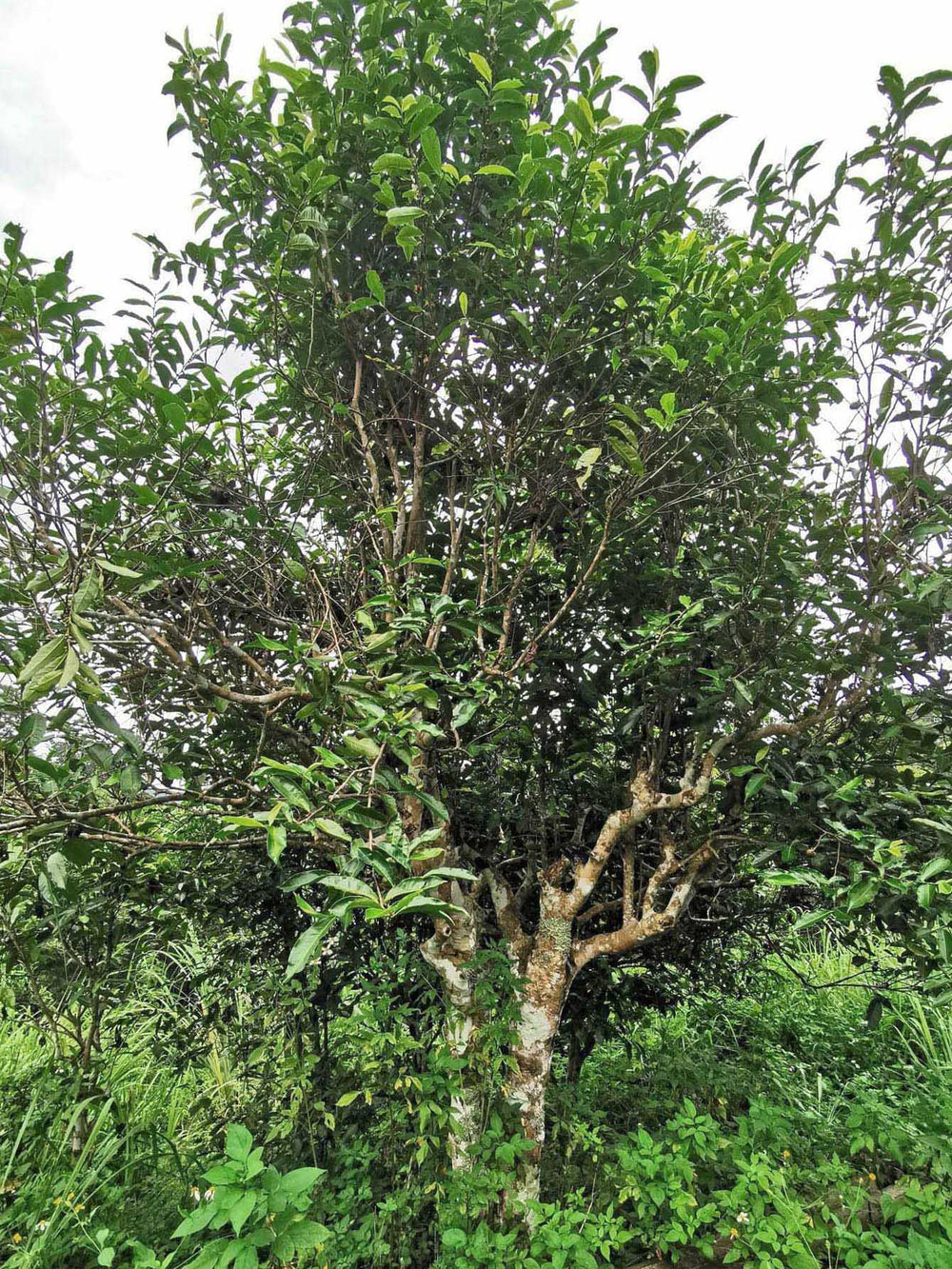
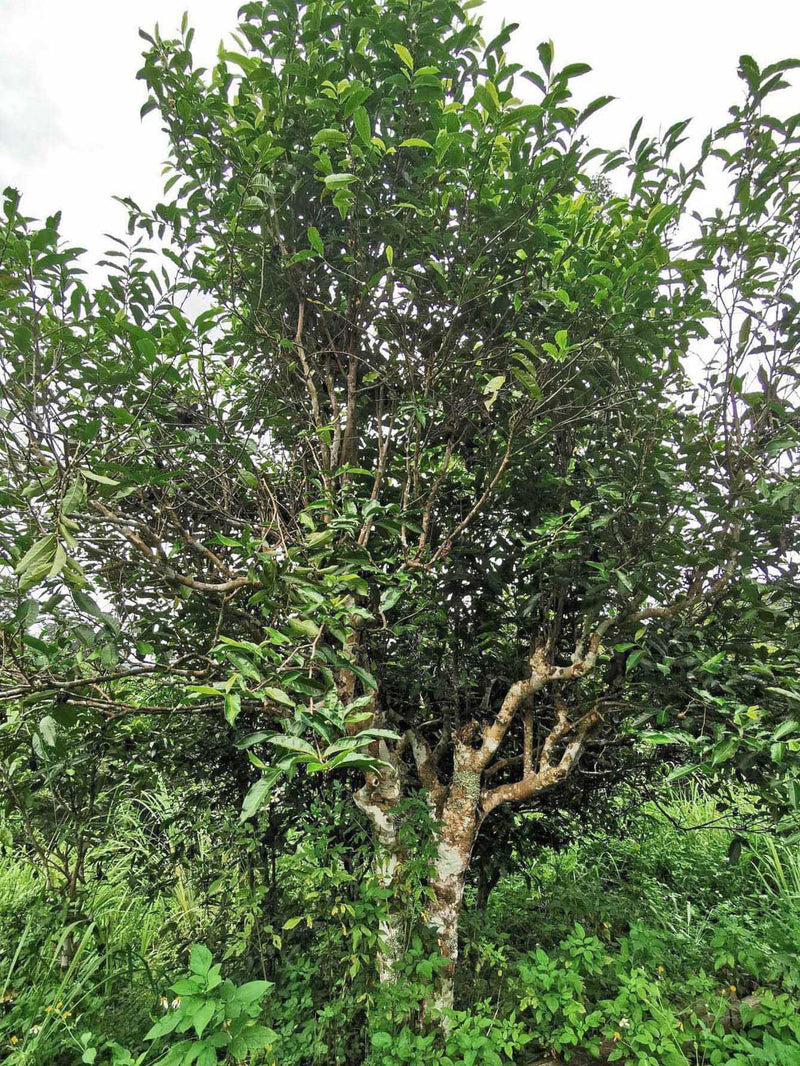
Ingredients
Pu'er tea
Origin
Doi Wawee, Thailand
Cultivar
Heirloom assamica from ancient tree (seed)
Harvest
March - May & October
Elevation
900 - 1150 meters
Preparation
- Imperial
- Metric
1 Tbsp 7-8g
5-6.75 oz 150-200ml
212°F 100°C
5-10 seconds
Traditional Tea Preparation
Chip the cake carefully with a pick or Pu’er dagger.
Add 7g - 8g to a Gaiwan or Gongfu teapot (per 150ml-200ml).
Use 212°F boiling water.
Briefly rinse leaves for 5 - 10 seconds. Decant and discard this rinse infusion.
Proceed to infuse the tea using boiling water. Enjoy each infusion individually and savor the flavors of each round.
Decant 1st, 2nd, 3rd and 4th infusions after 10 - 20 seconds. The tea infuses fast and gives out its strength in the beginning of the session. Brew the tea several times until the taste weakens.
Increase the infusion time to your taste preference after you become familiar with the tea. The bitterness, strength, power and Qi forces will come out in the later brews with increased infusion time.
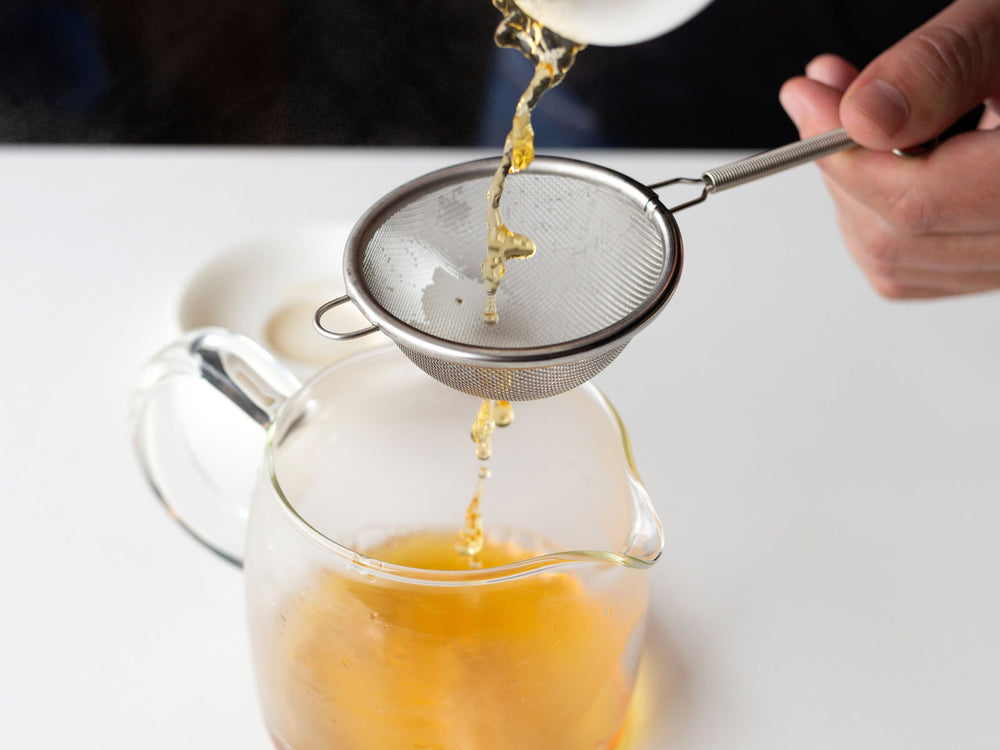
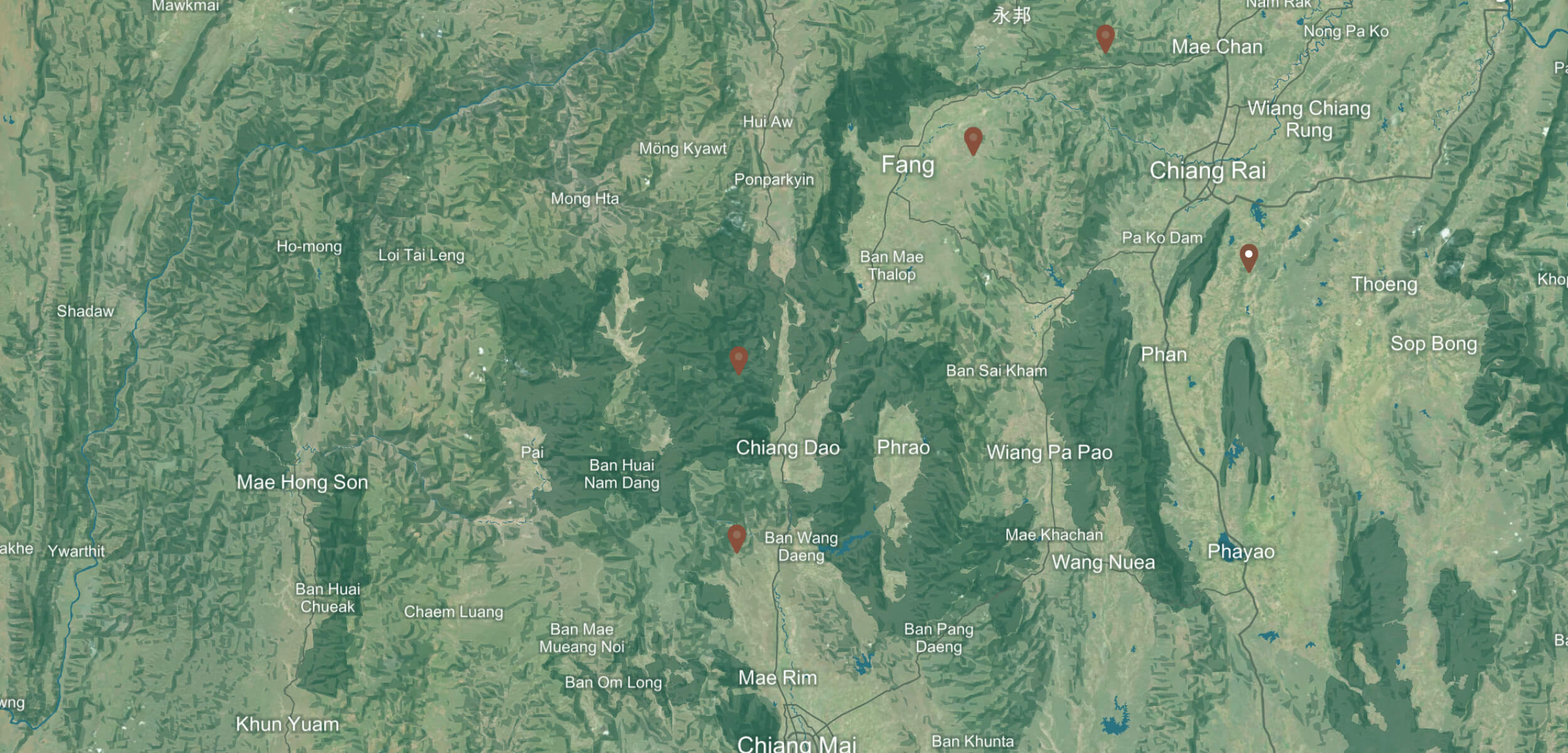
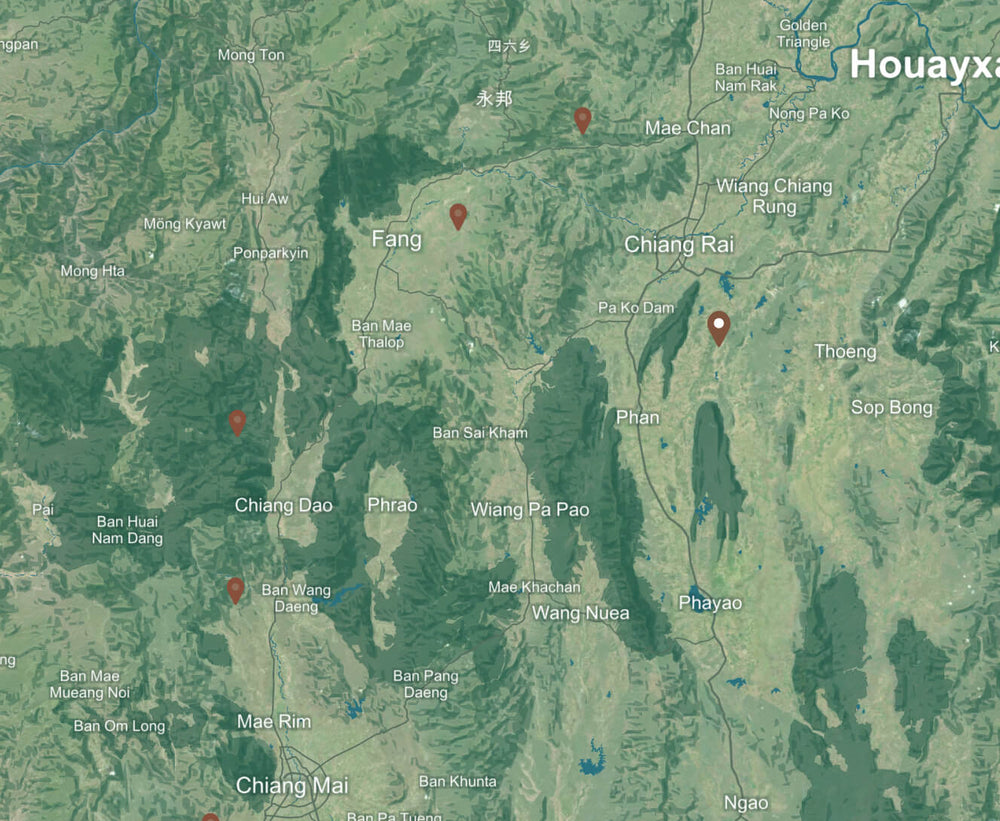
Origin
Doi Wawee
Chiang Rai Province, Northern Thailand
Throughout northern Thailand there are many old, abandoned tea plantations that have been left to grow wild from centuries past. Known locally by the Thais as “Assam tea,” these trees are part of an ancient tea journey that traces its roots back to the 11th and 12th Centuries. It is thought that the Bulang and Dai ethnic peoples were the pioneers of tea in this region and both groups planted tea seeds wherever they migrated. In more modern times, ethnic Han Chinese from Yunnan settled in the region and became stewards of the ancient tea tree forests and plantations. They began to produce tea in Doi Wawee according to Yunnan Pu’er tea practices and traditions. At this time, the village of Doi Wawee is glorified by tea lovers and is known as, 茶房 or “the village of tea.”
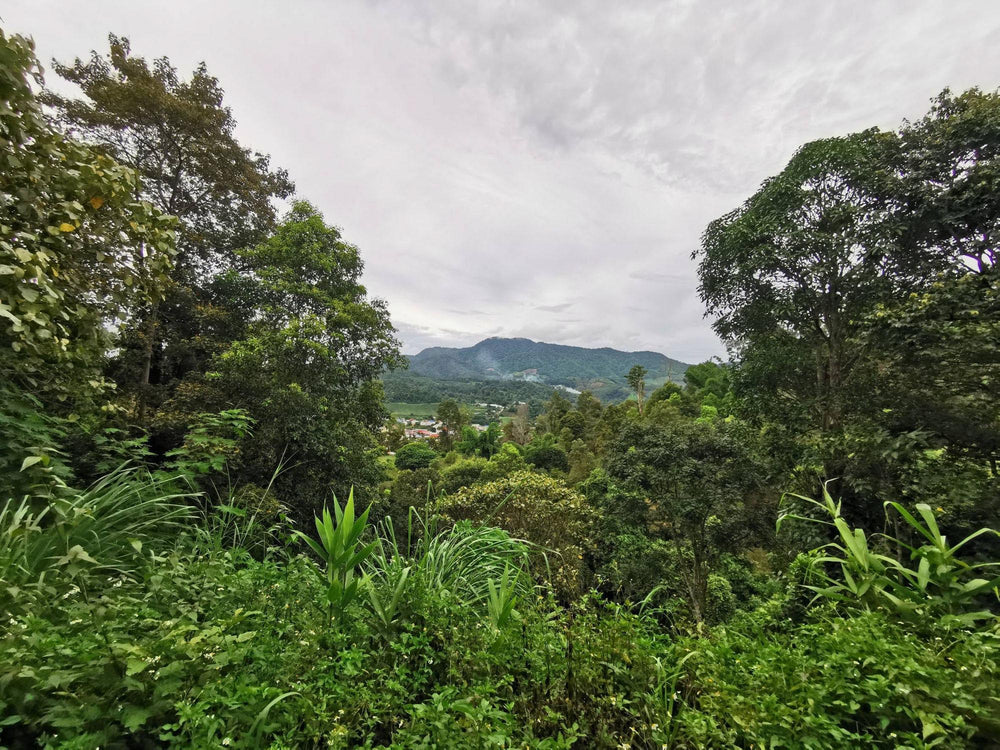
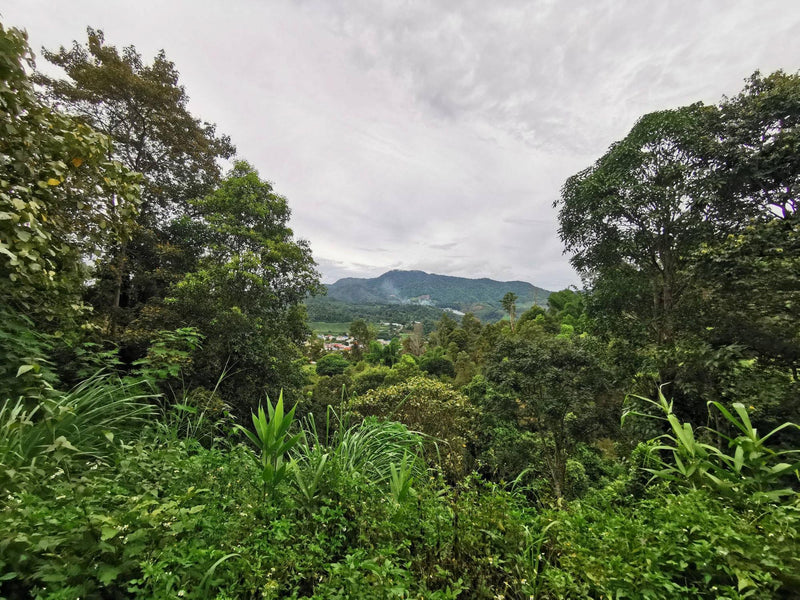

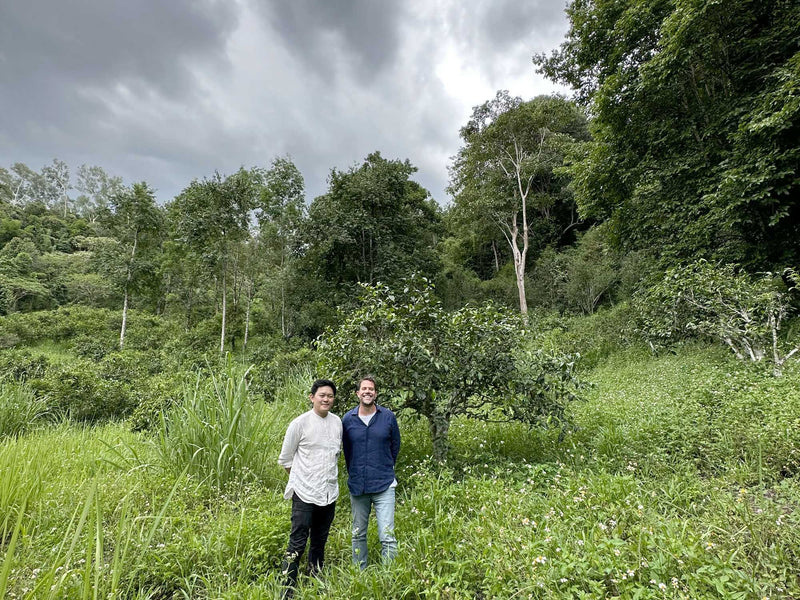
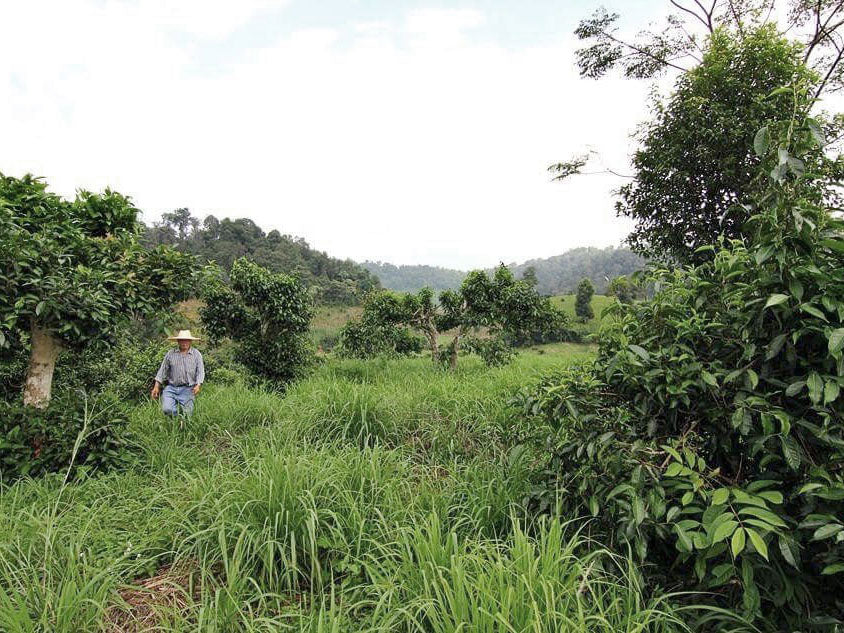
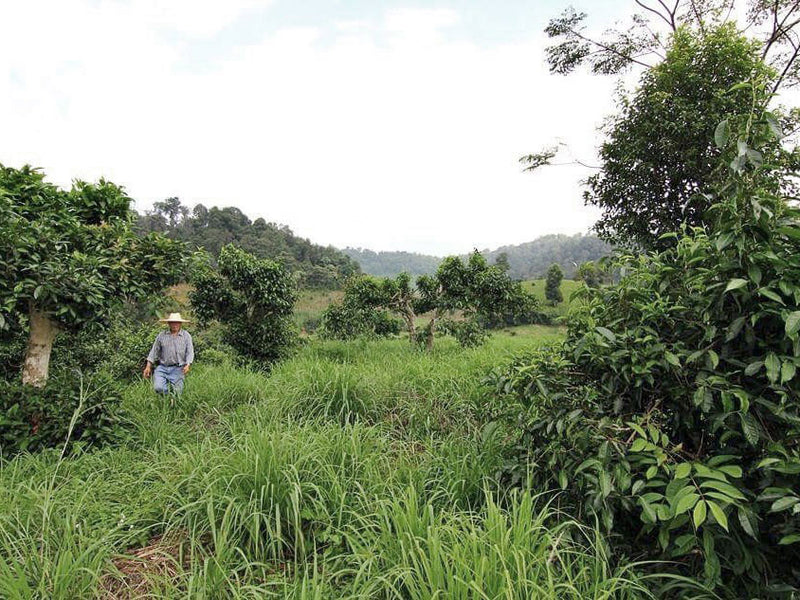
Customer Favorites

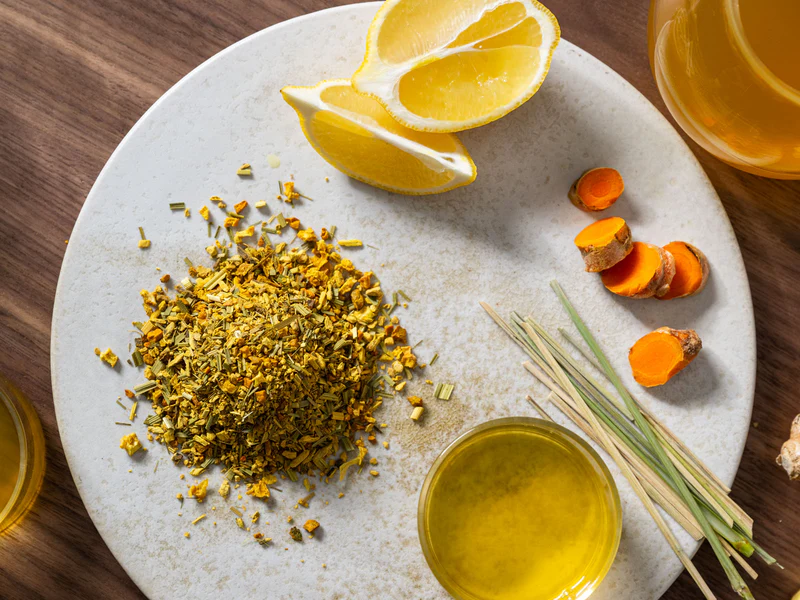

Turmeric Ginger

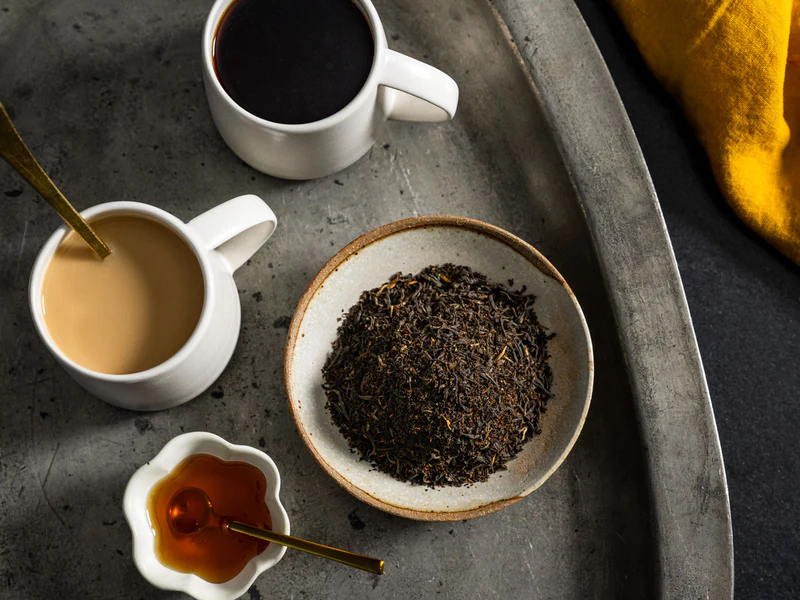

English Breakfast
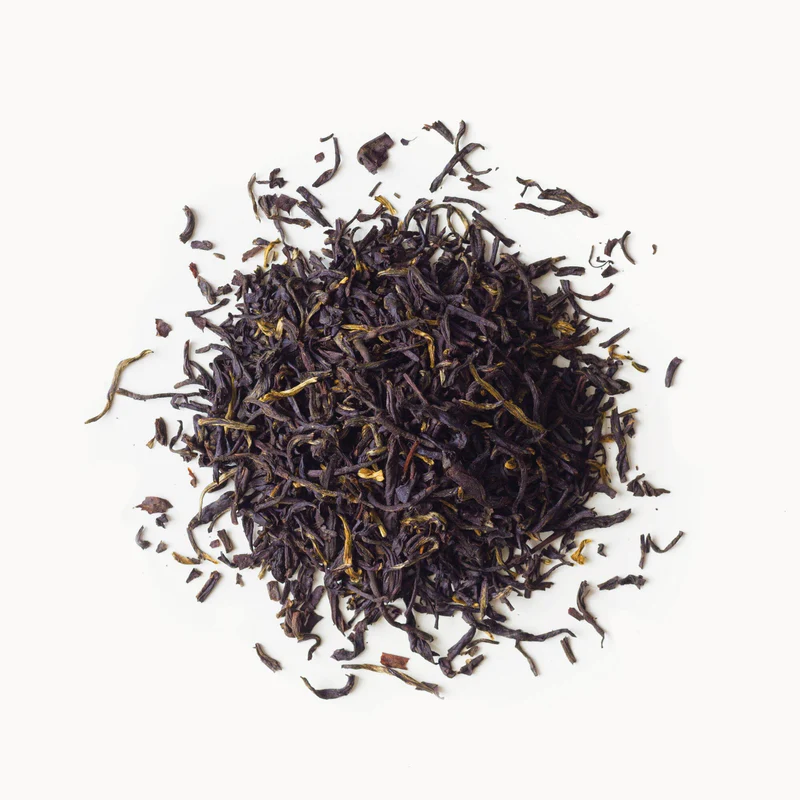
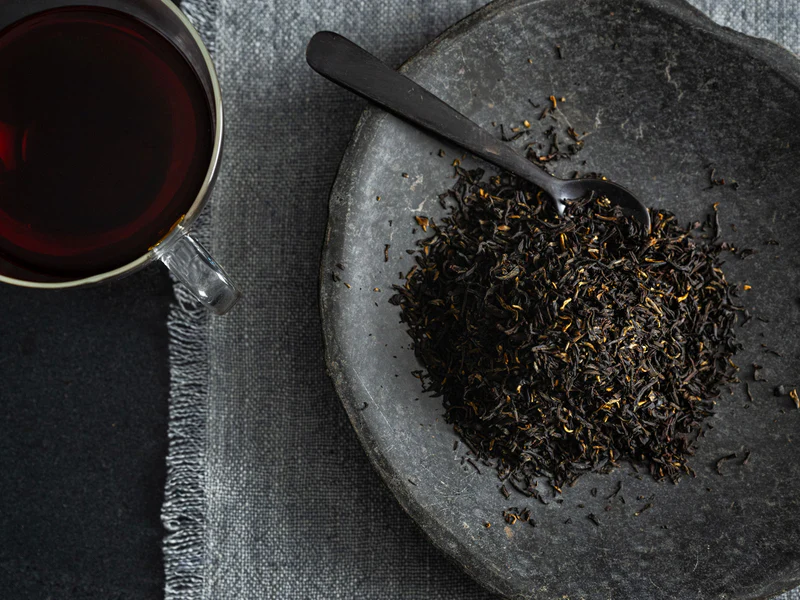

Earl Grey Supreme



Jasmine

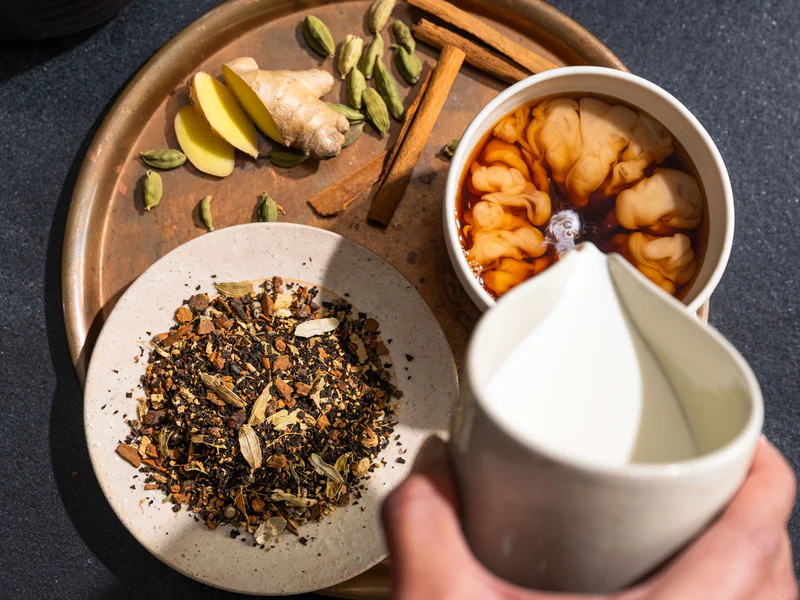

Masala Chai
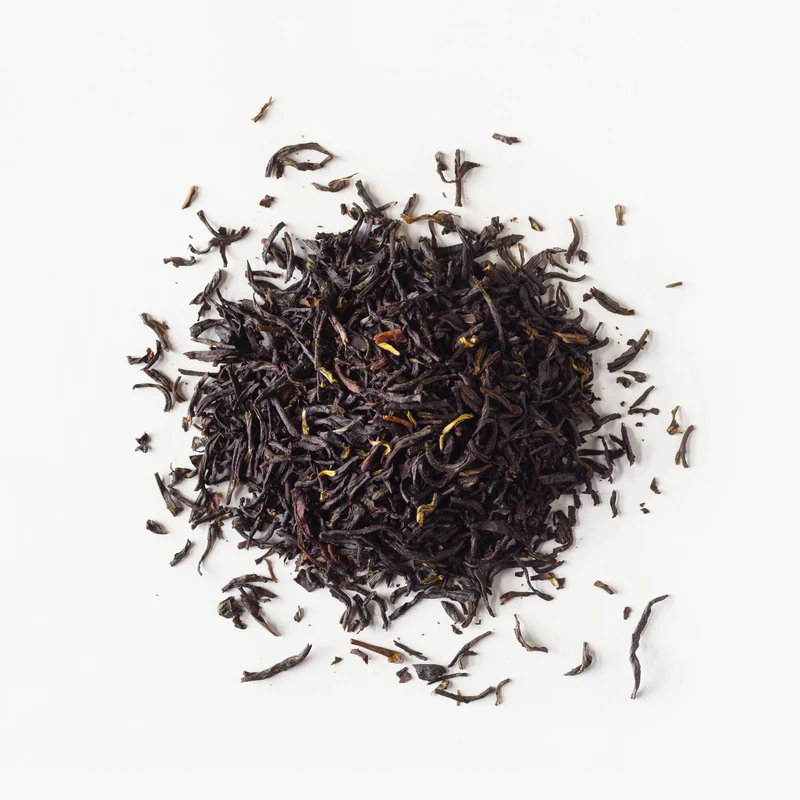

Earl Grey



Barista Matcha
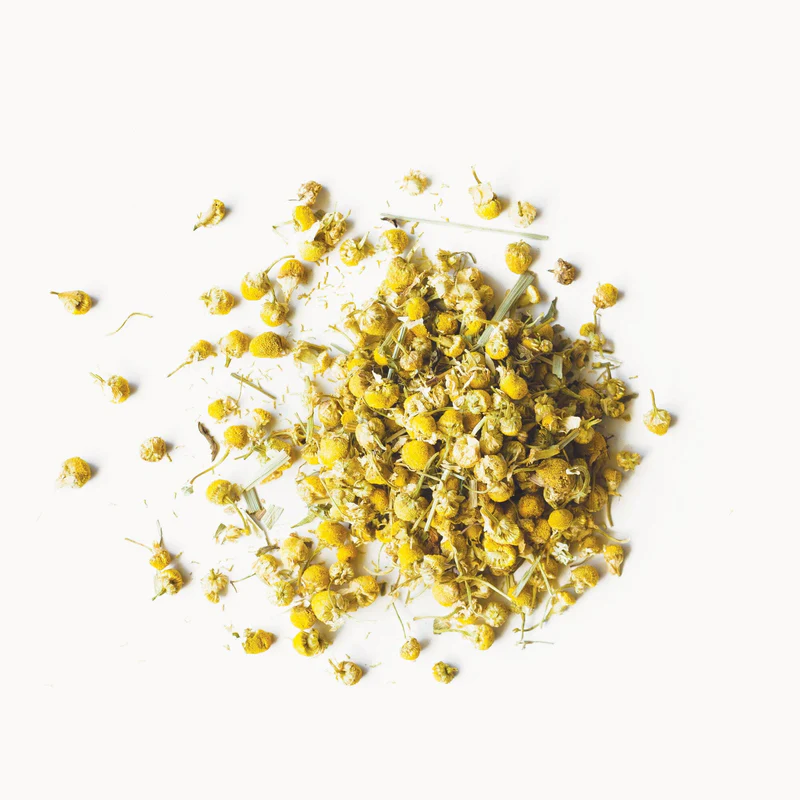
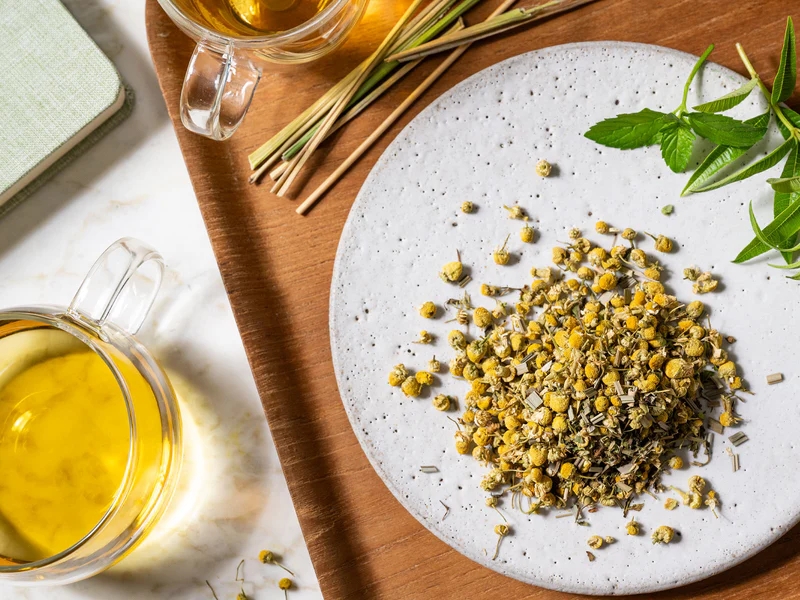
Chamomile Medley
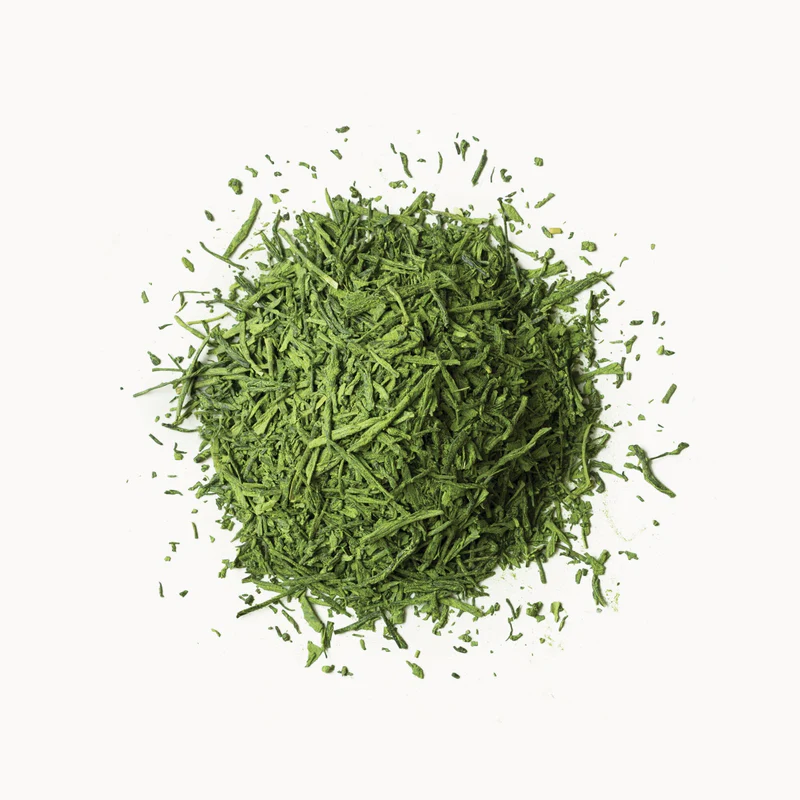
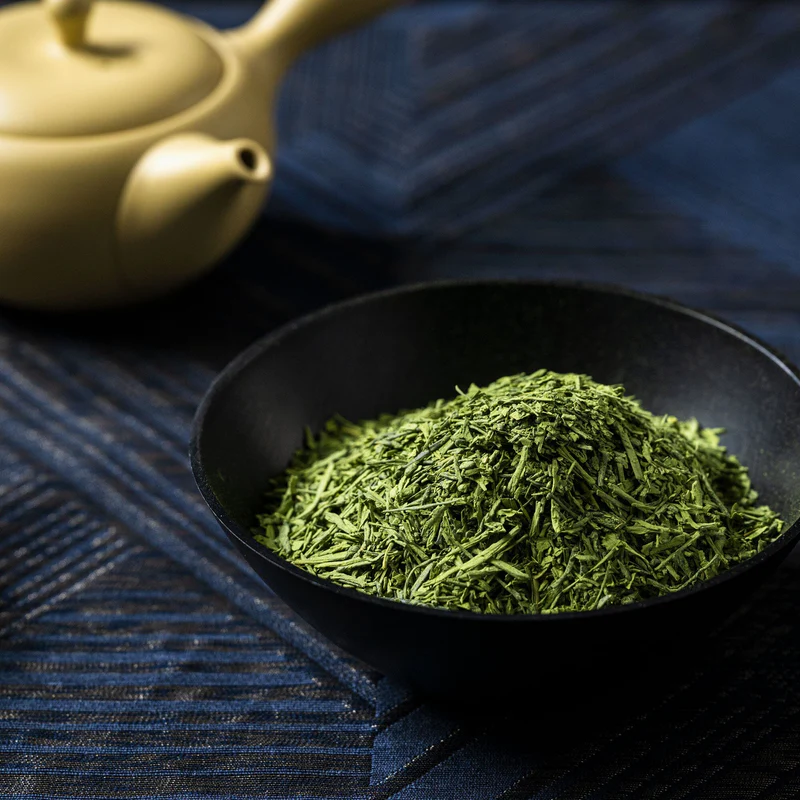

Matcha Super Green

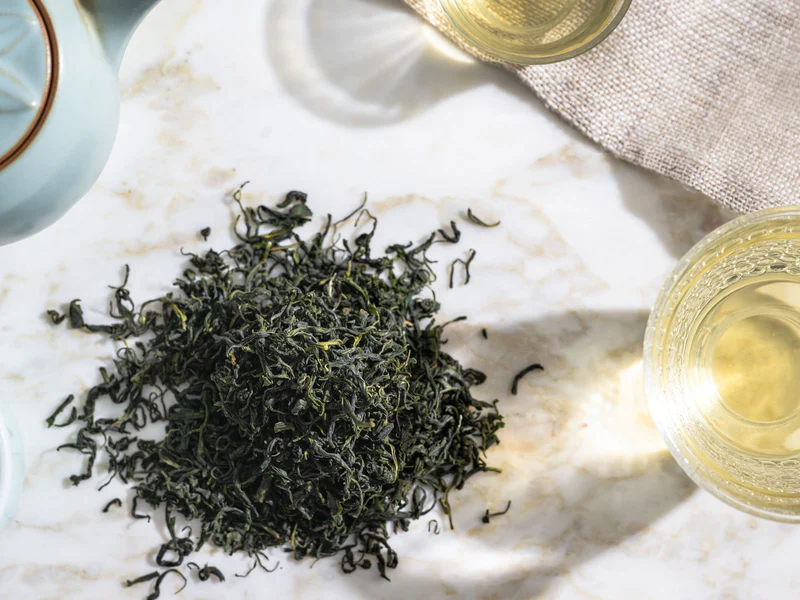
Jade Cloud
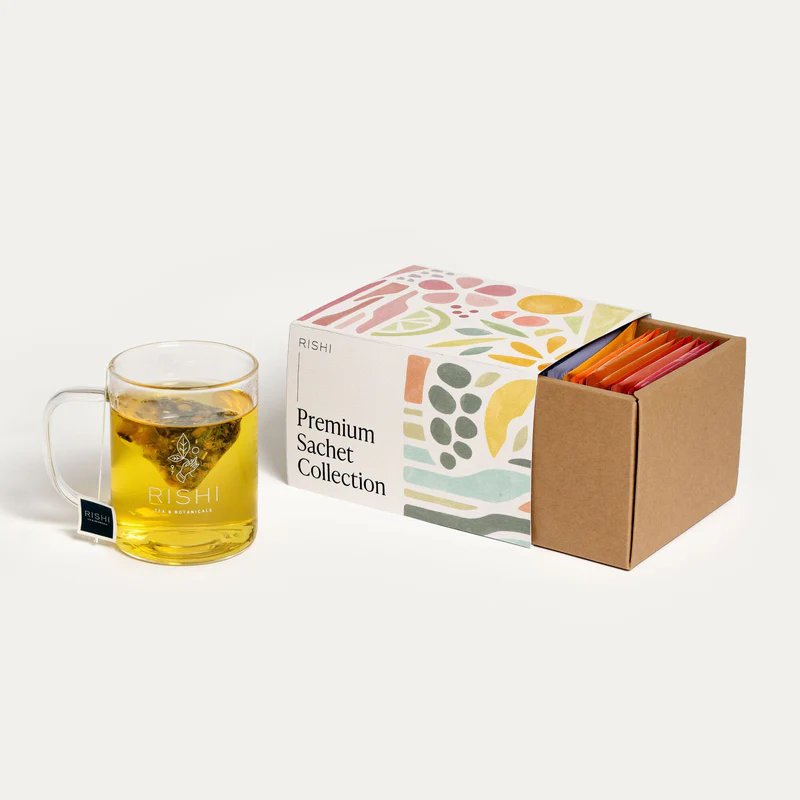
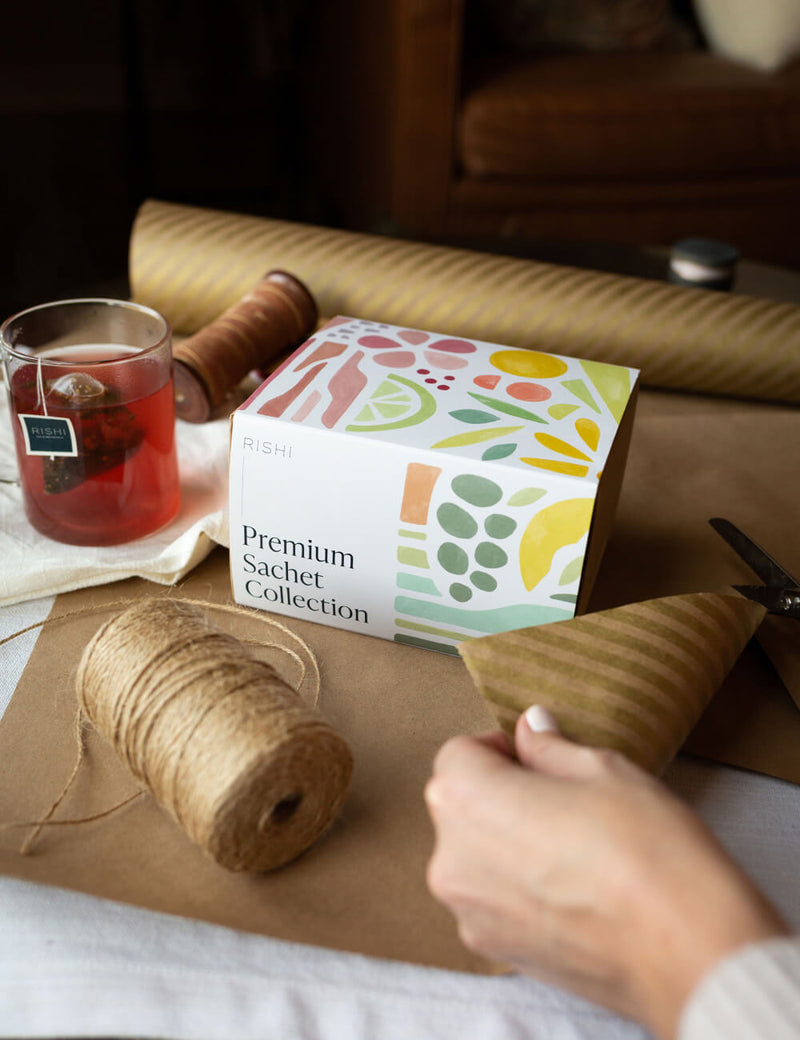

Premium Sachet Collection

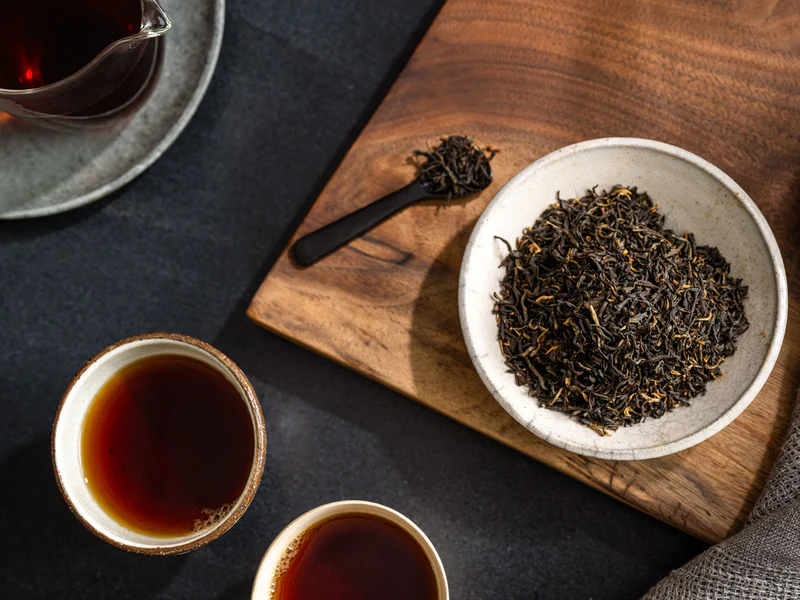

Golden Yunnan
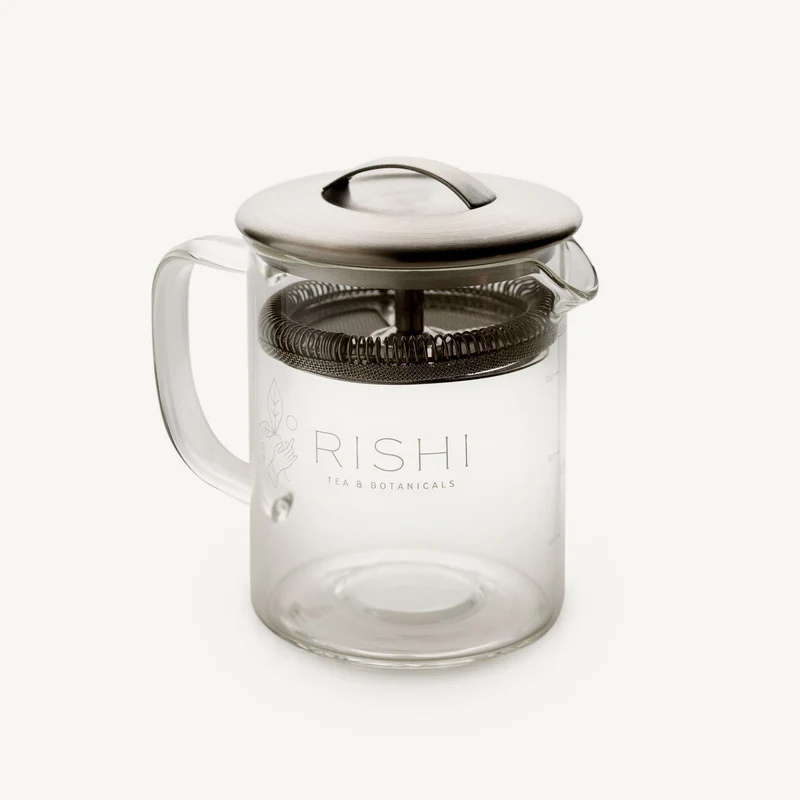
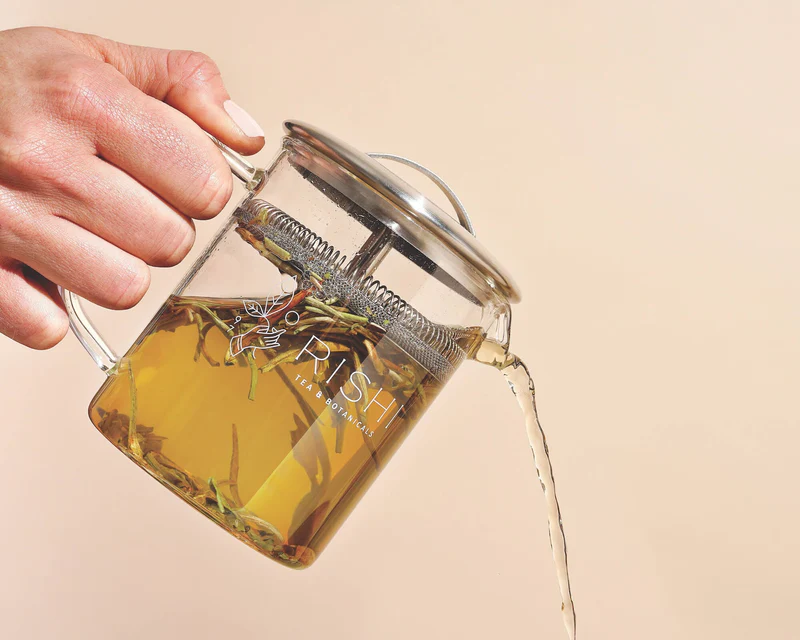
Simple Brew Loose Leaf Teapot

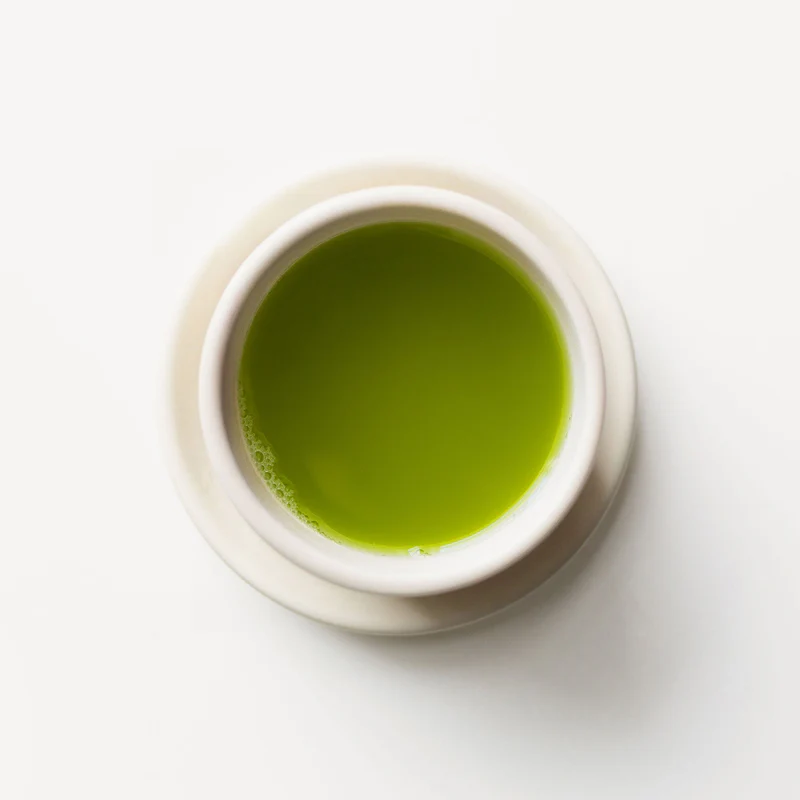

Matcha Super Green

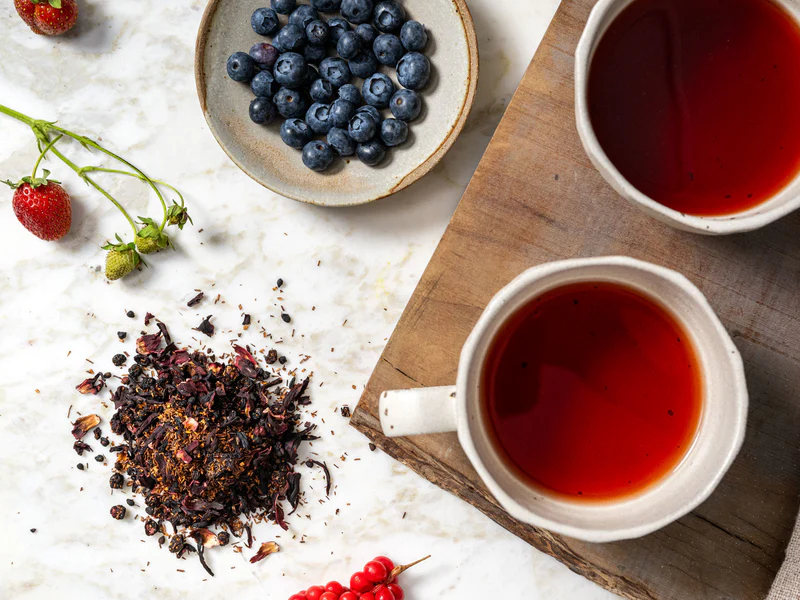
Blueberry Rooibos
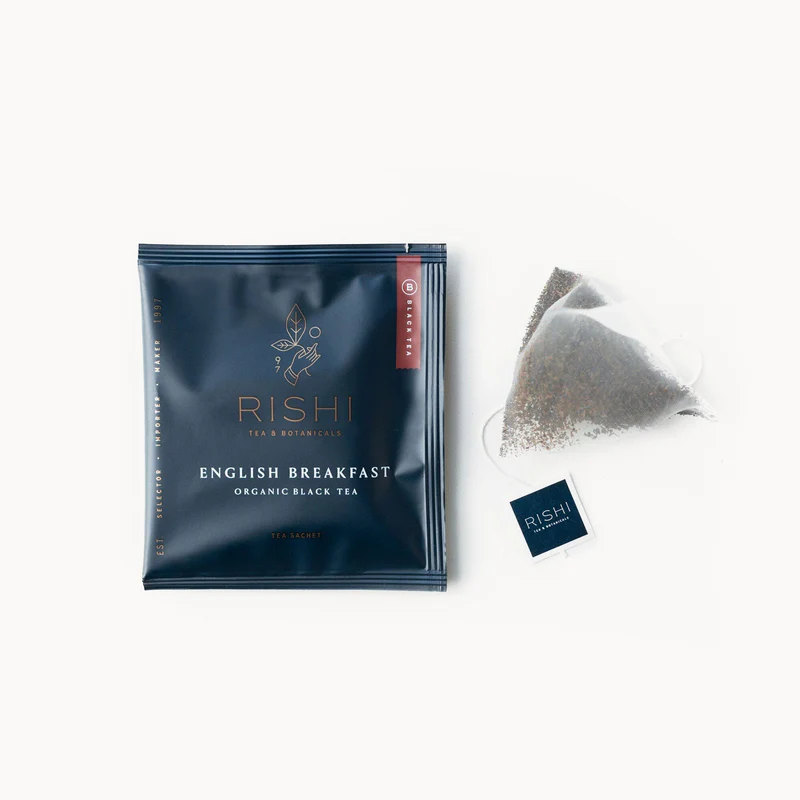
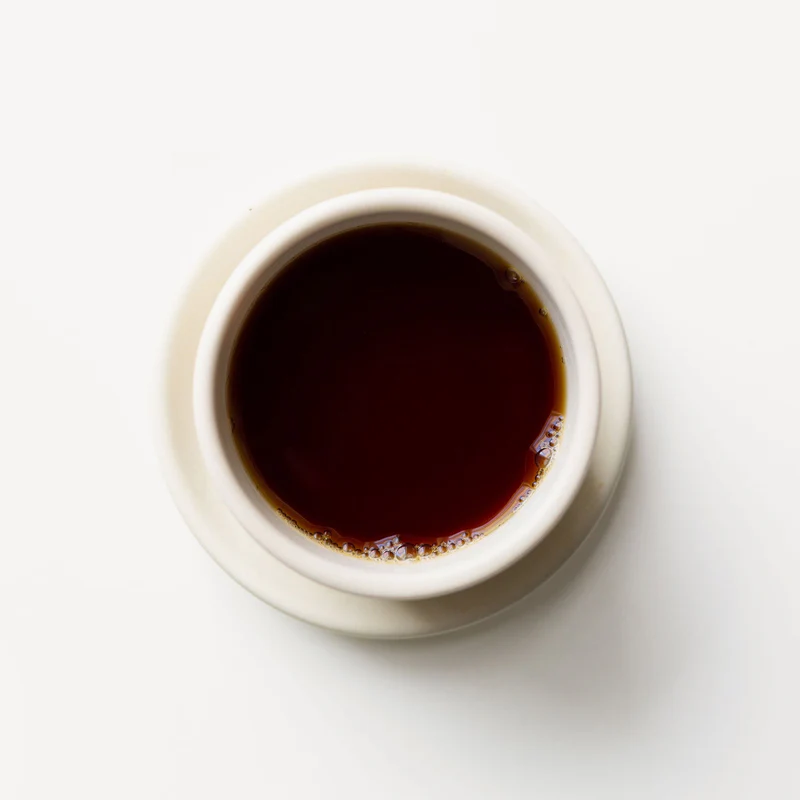

English Breakfast
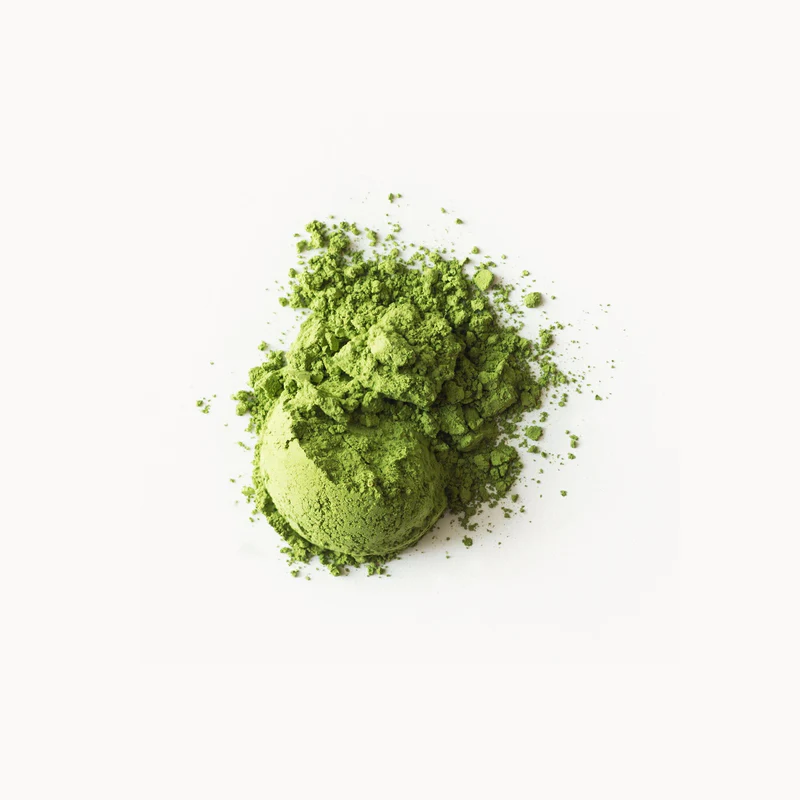
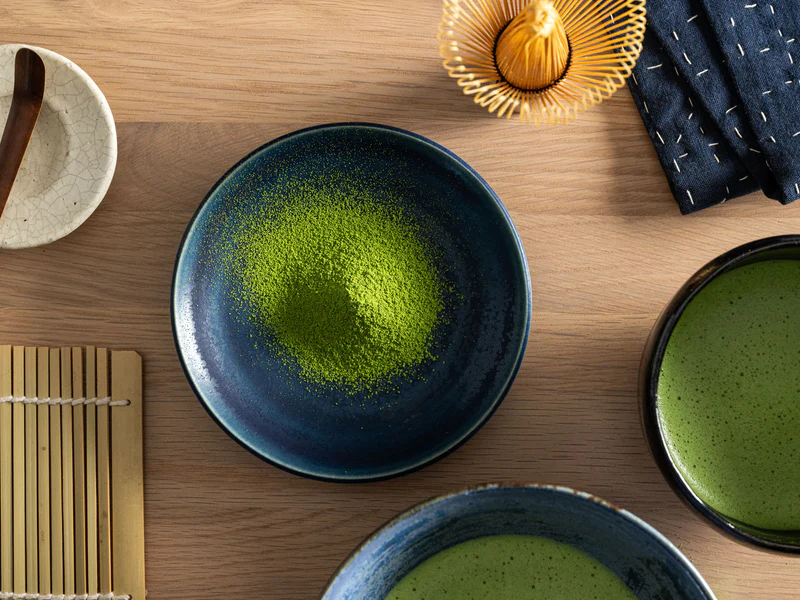

Teahouse Matcha
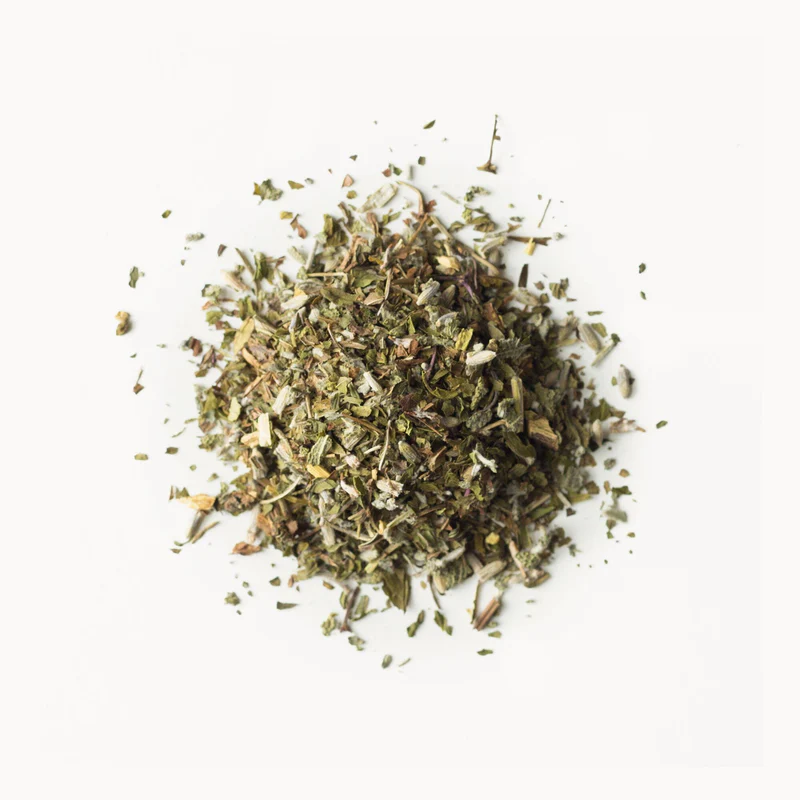
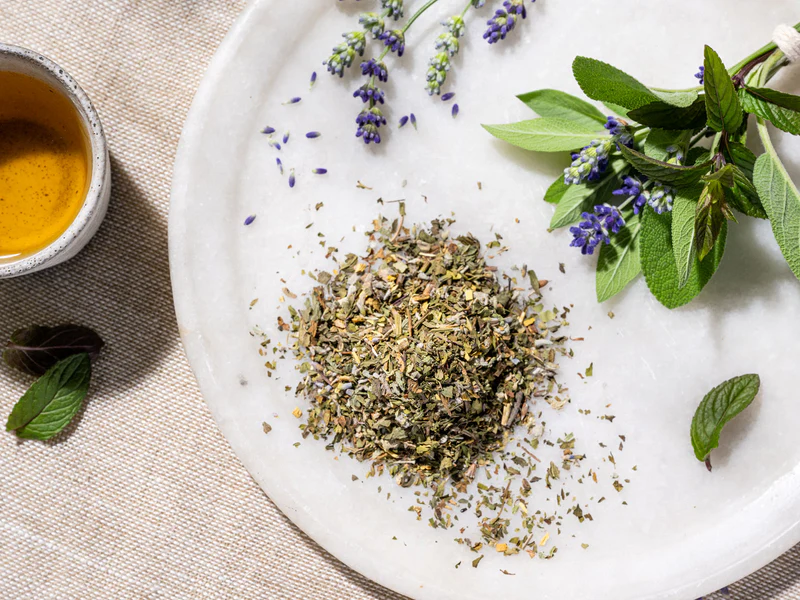
Lavender Mint
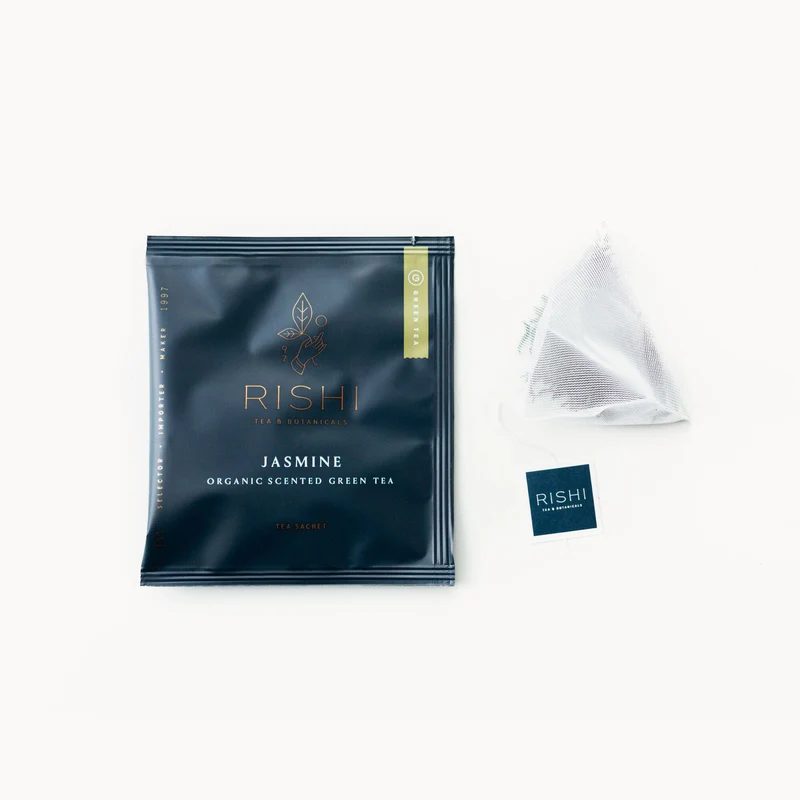

Jasmine
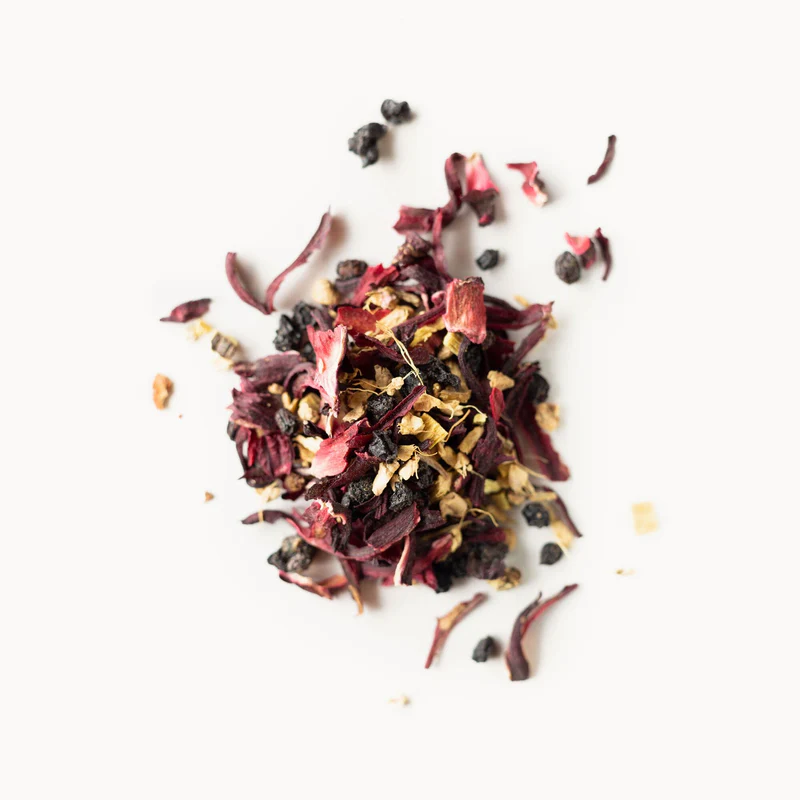
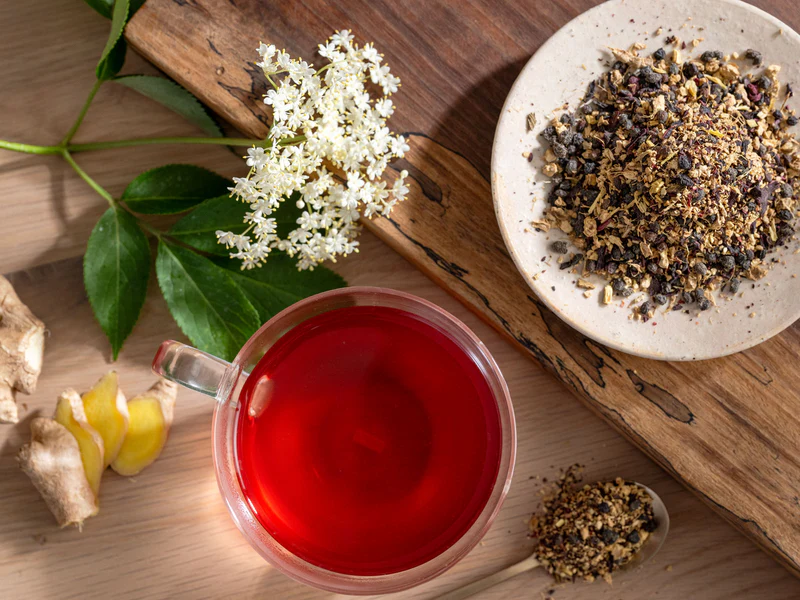
Elderberry Healer

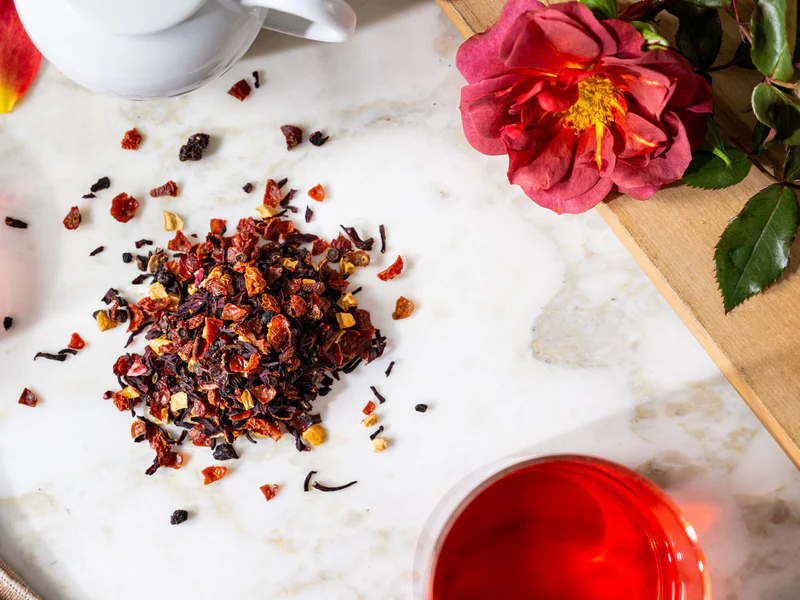
Hibiscus Berry
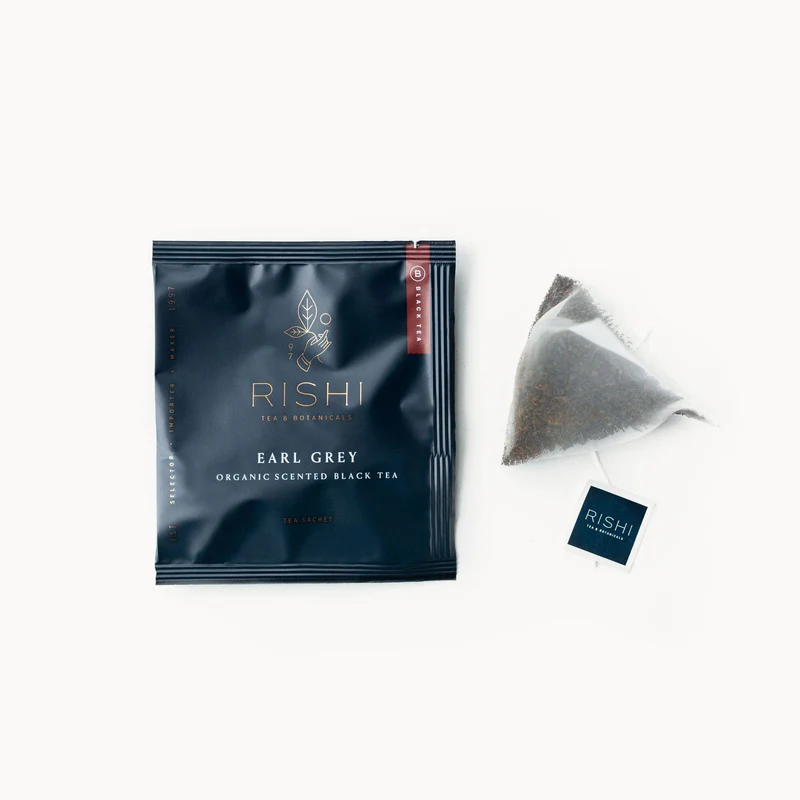
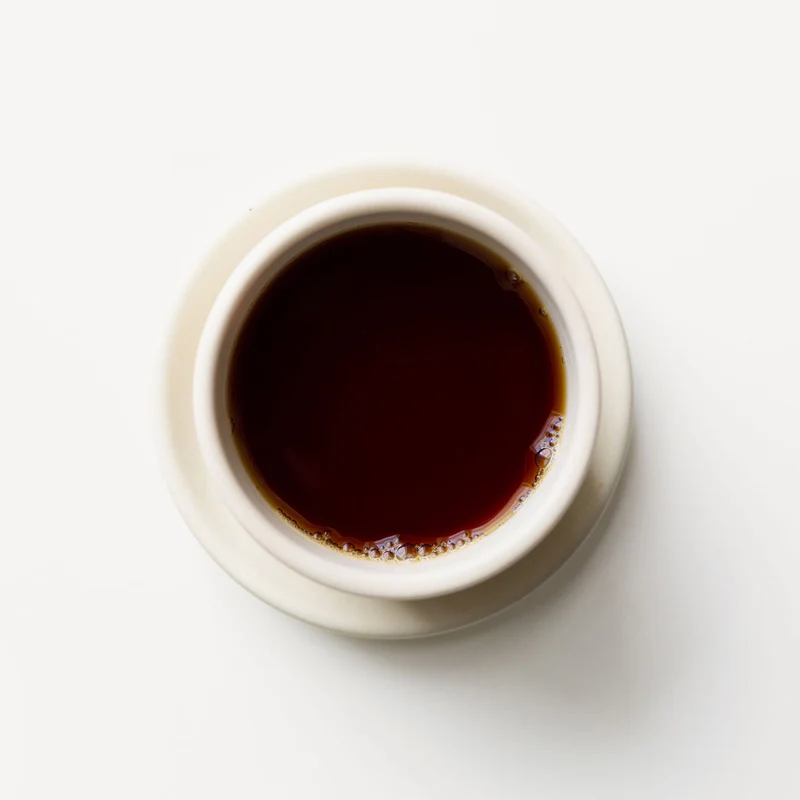
Earl Grey
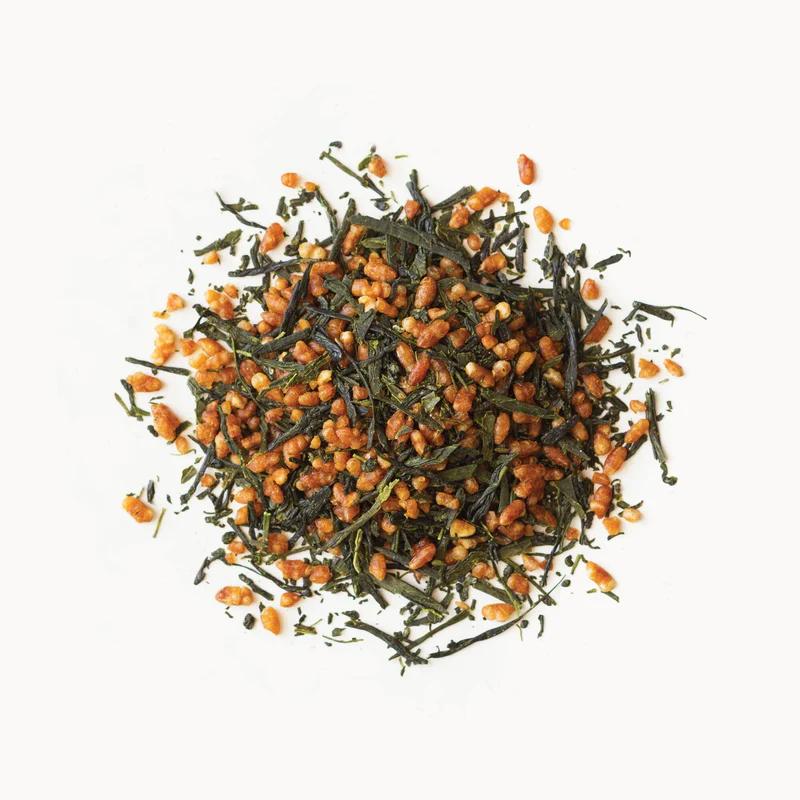
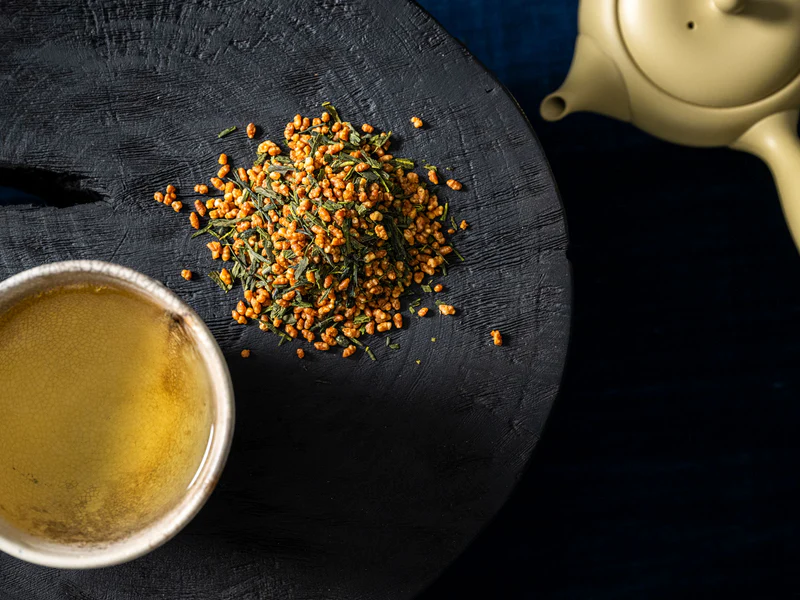
Genmaicha

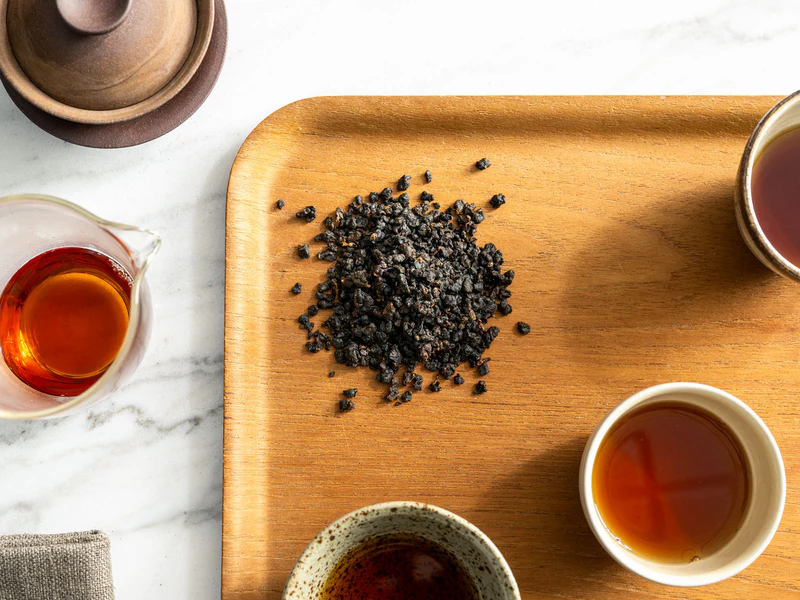

Ruby Oolong
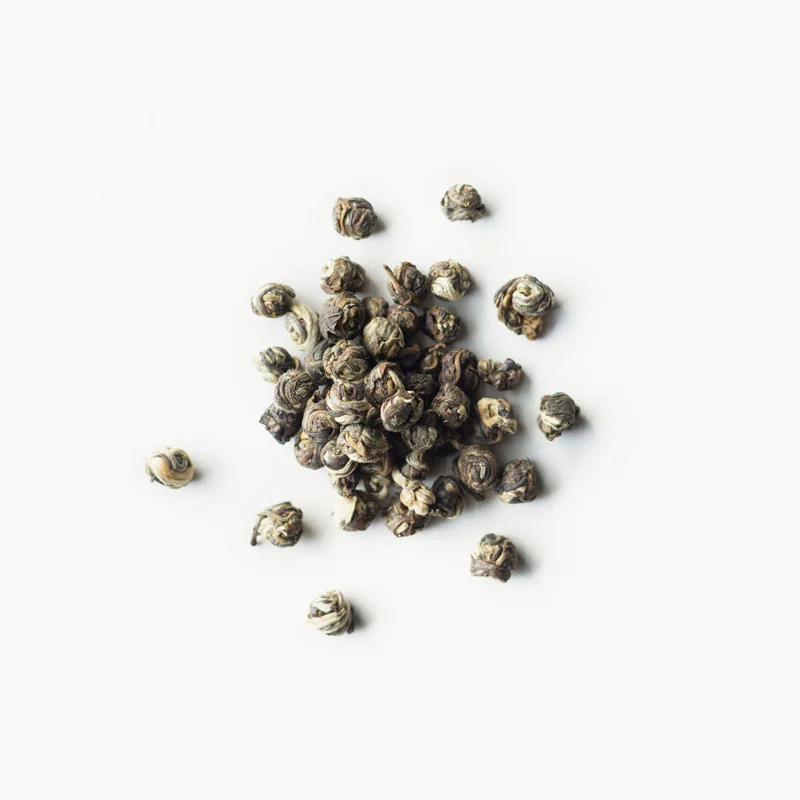
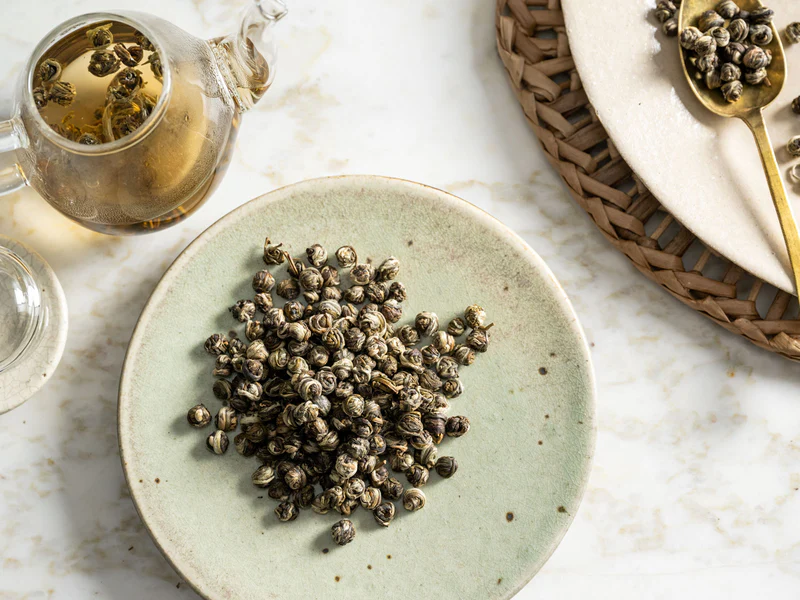
Jasmine Pearls
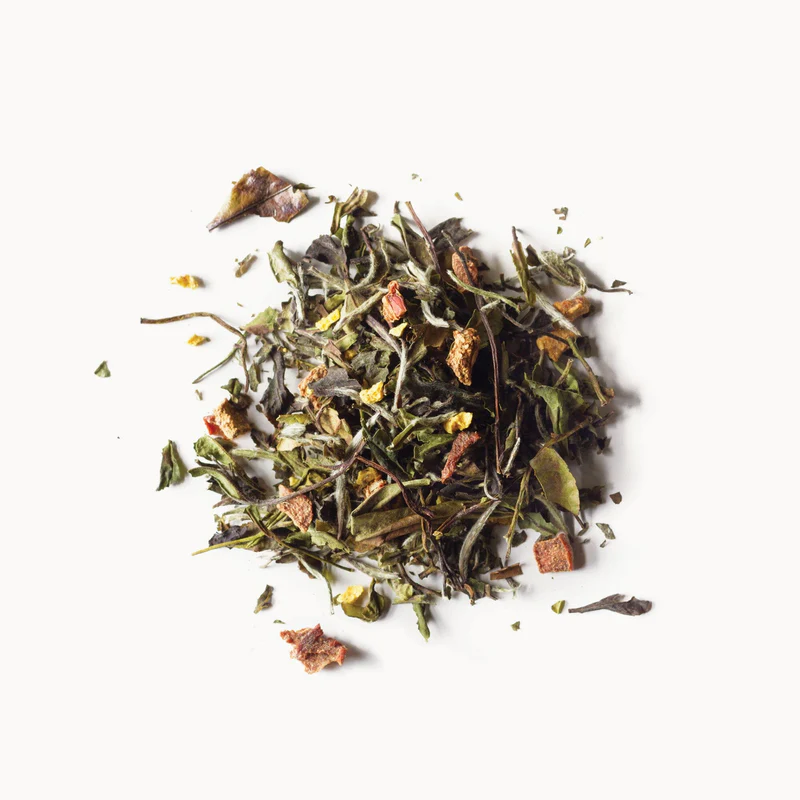
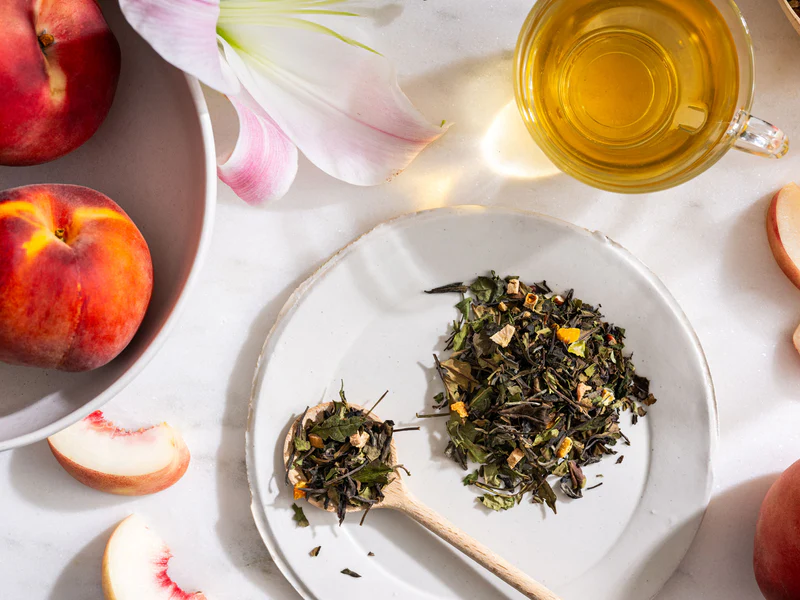
Peach Blossom


Orange Blossom
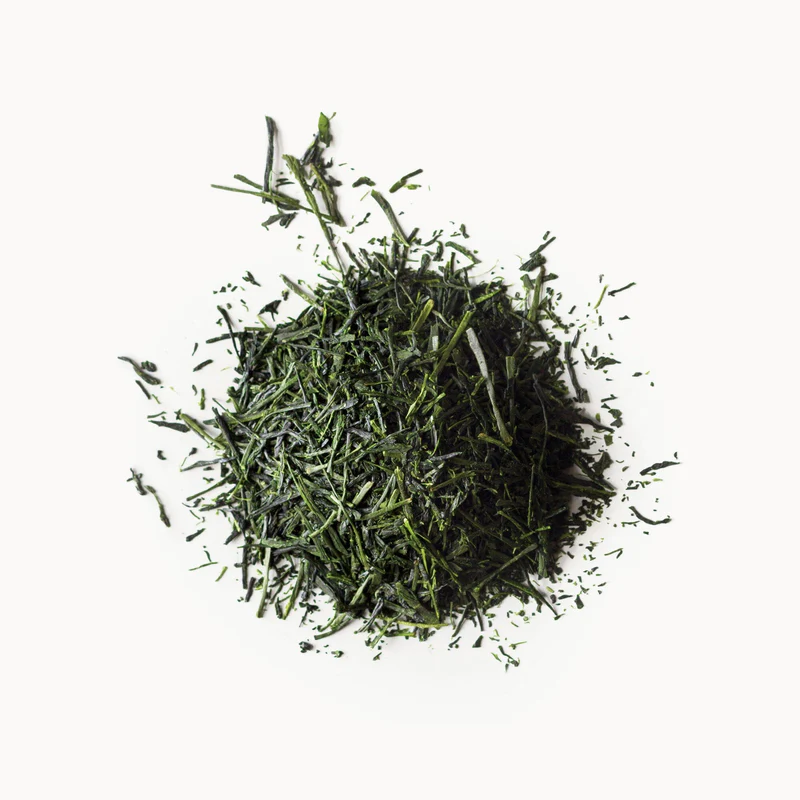


Nishi Sencha First Flush
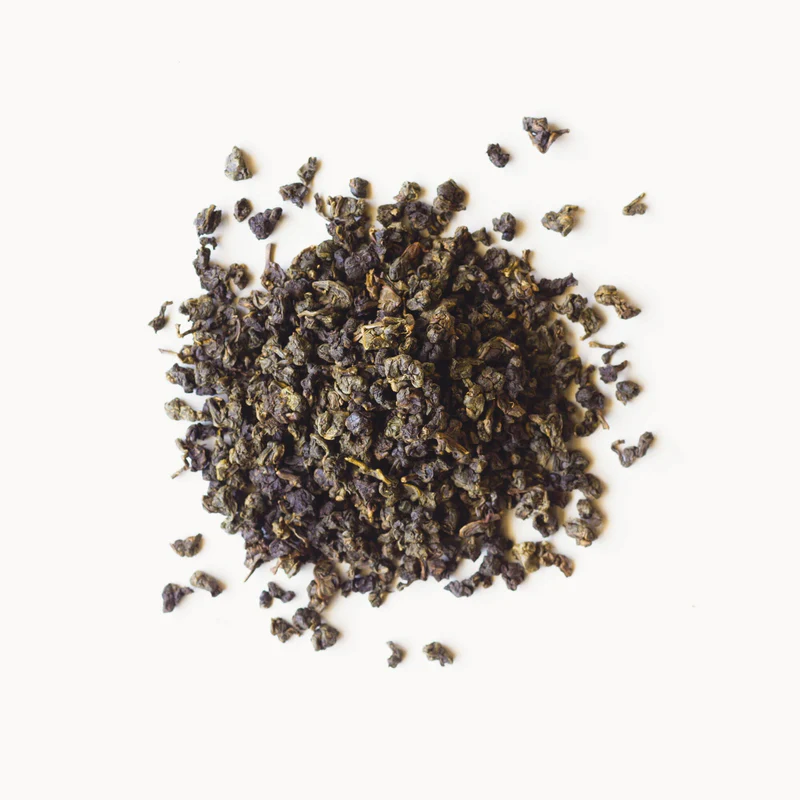
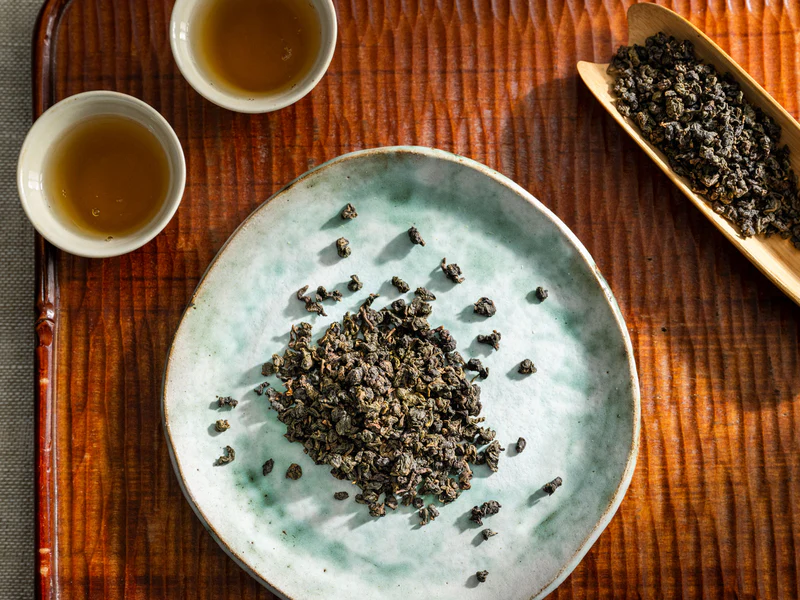

Iron Goddess of Mercy
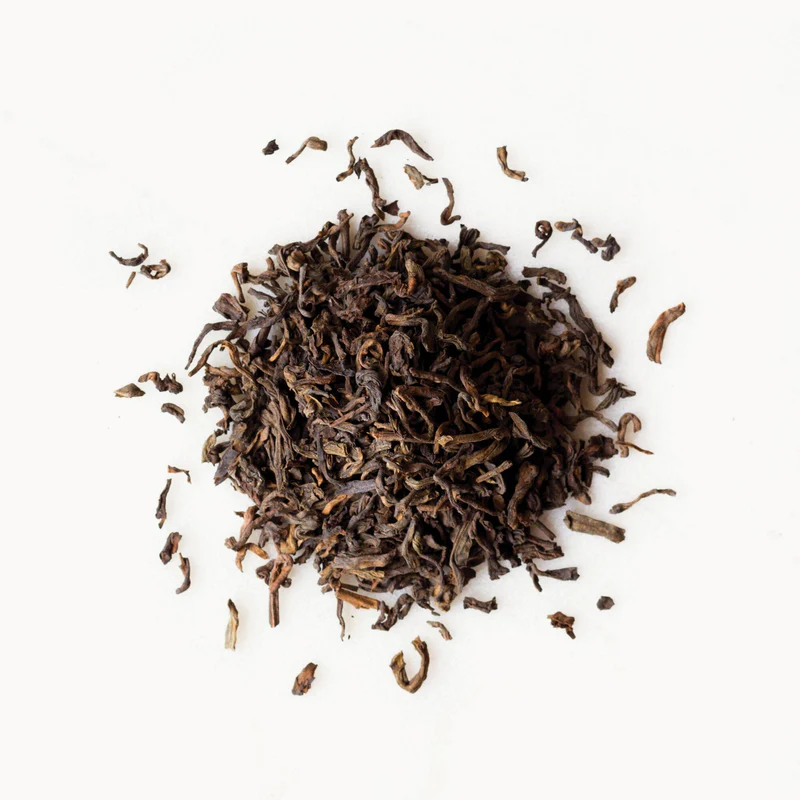

Pu’er Classic
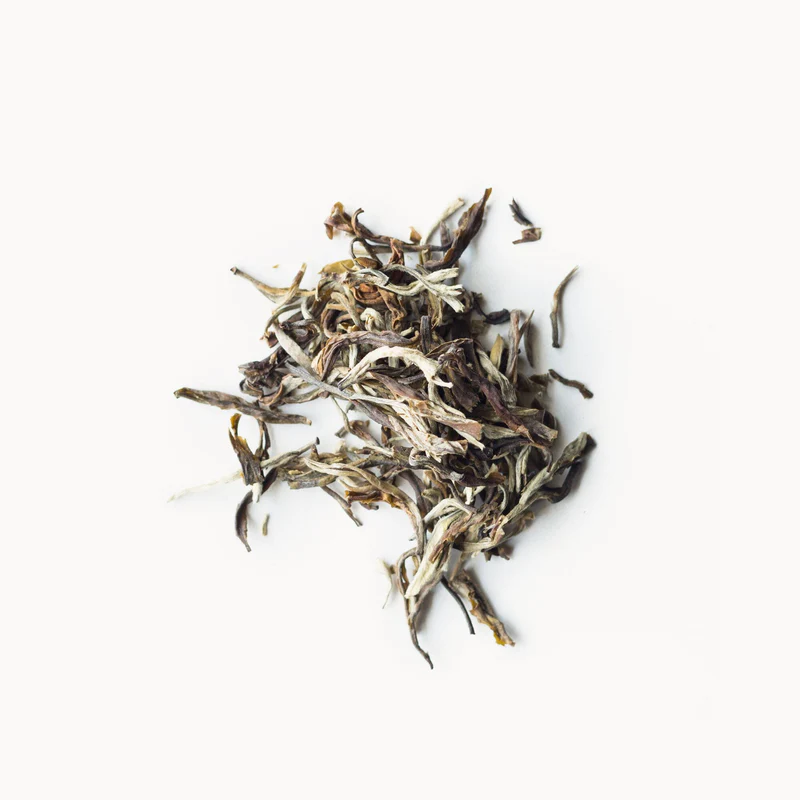
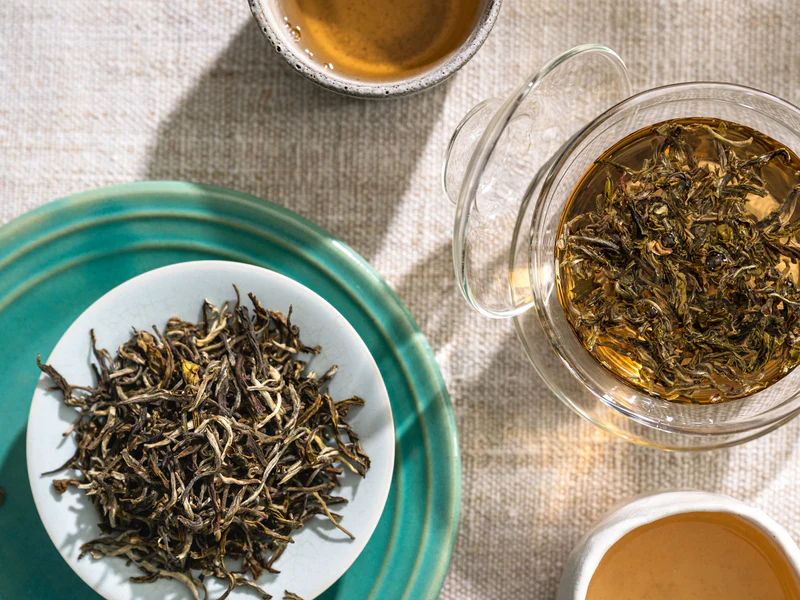
Moonlight Jasmine
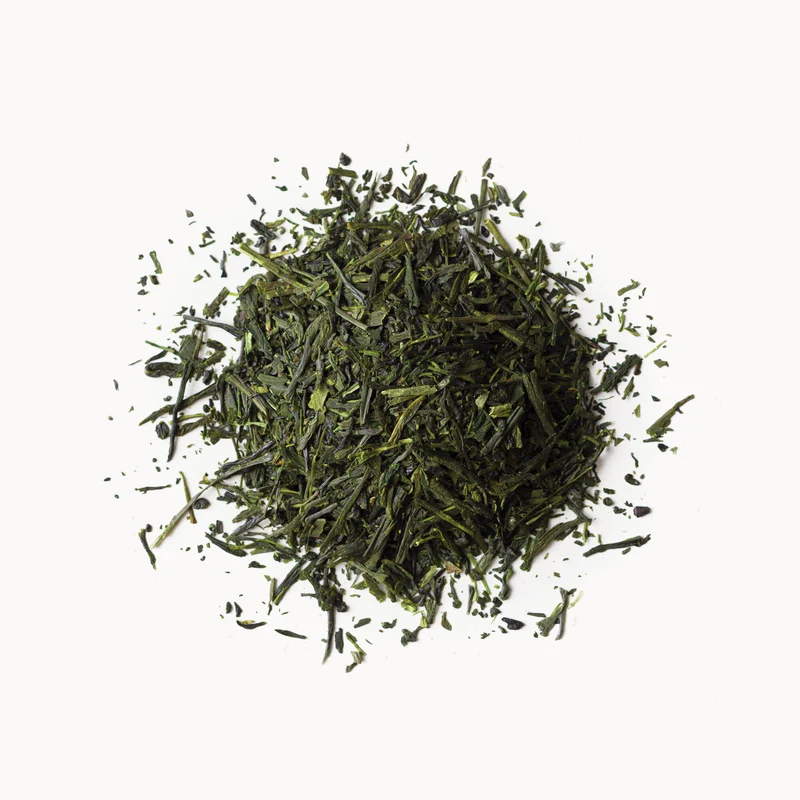
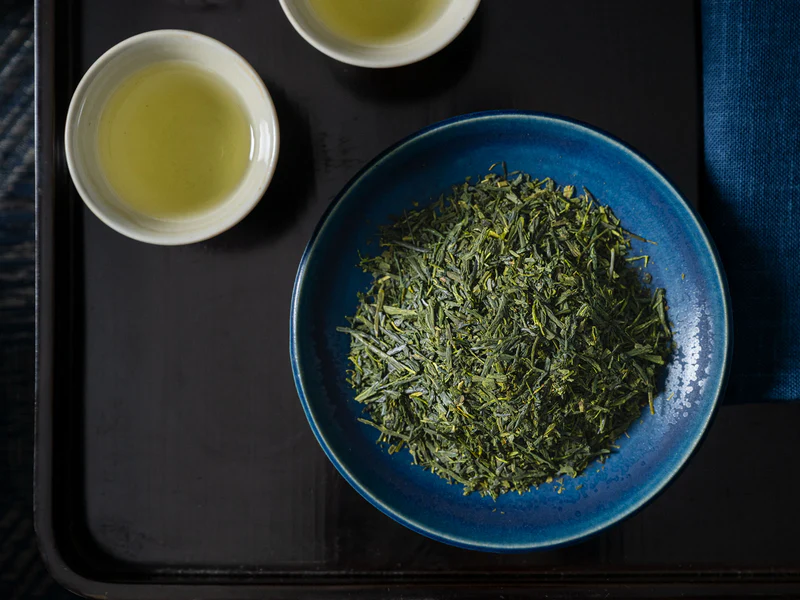
Sencha Superior
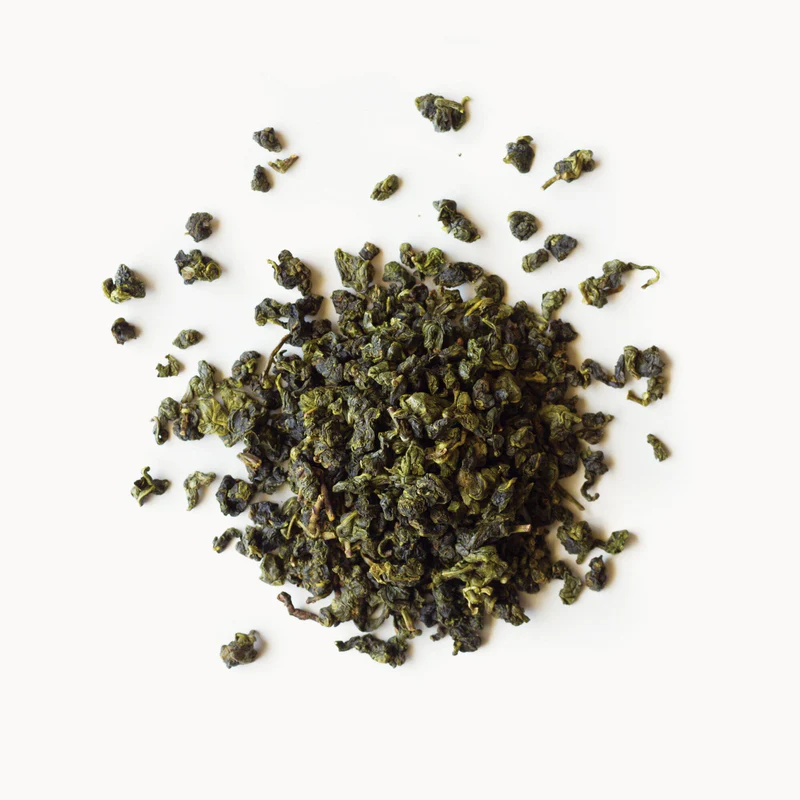
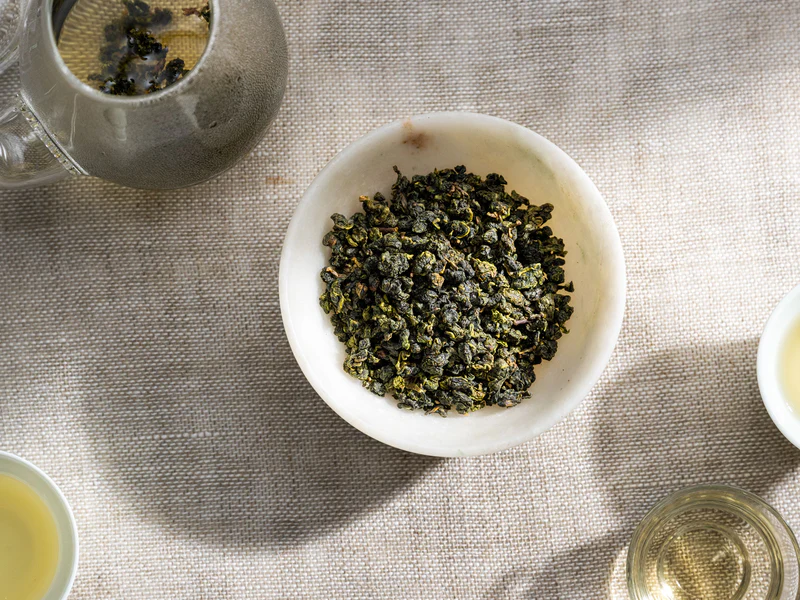
Four Seasons Spring
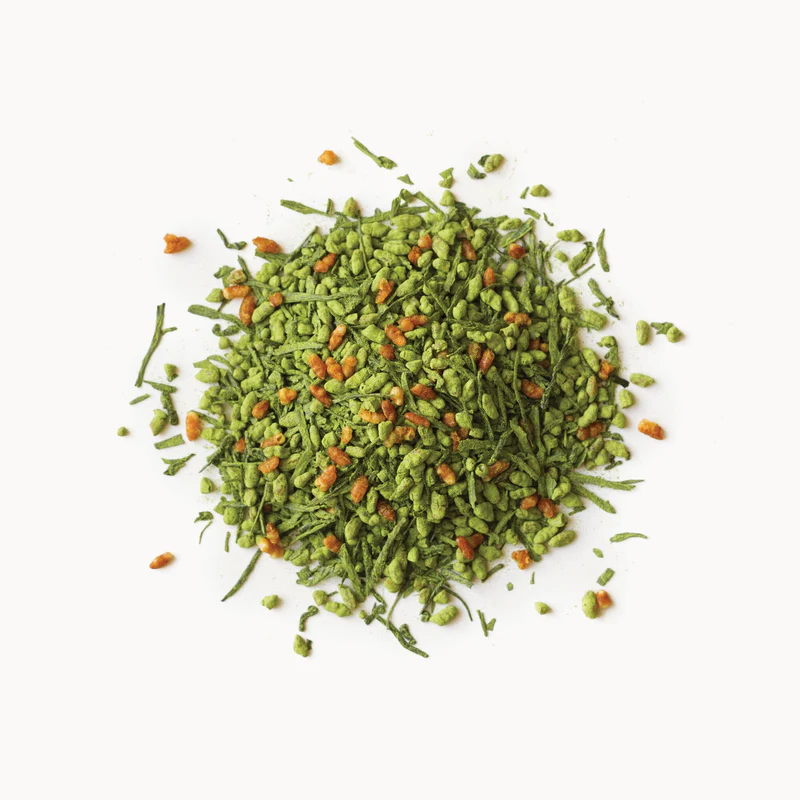
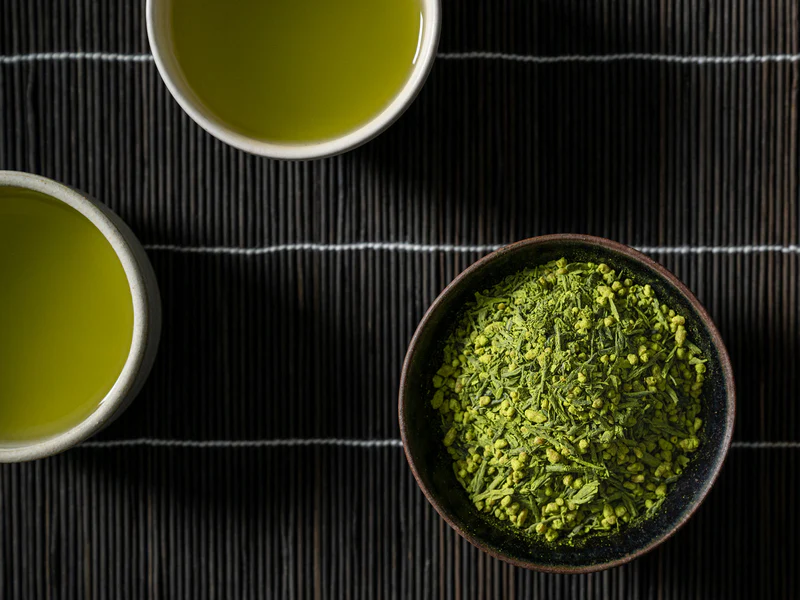

Matcha Genmaicha
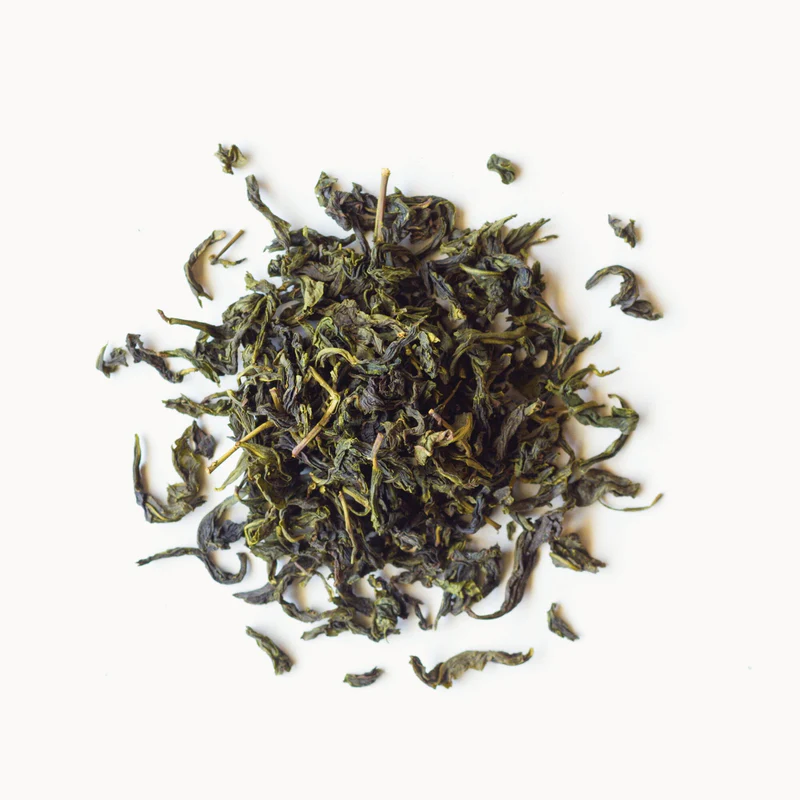
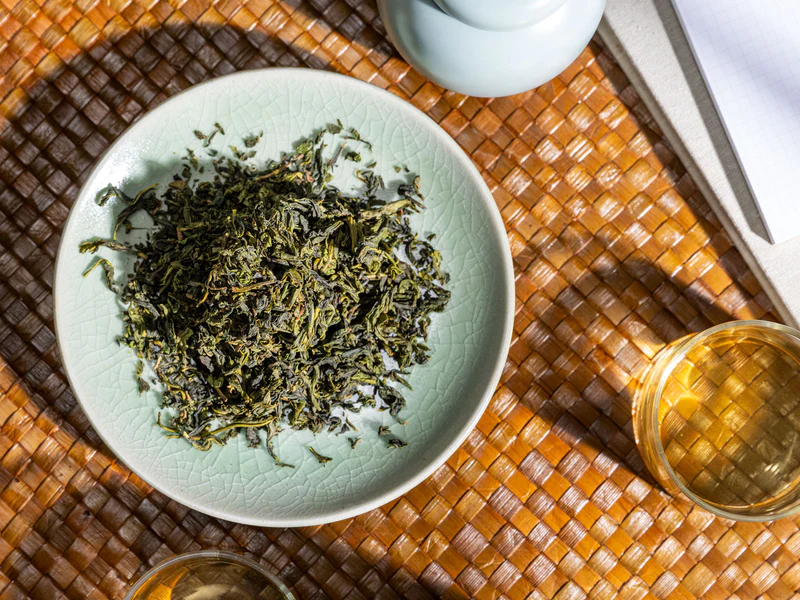
Bergamot Oolong
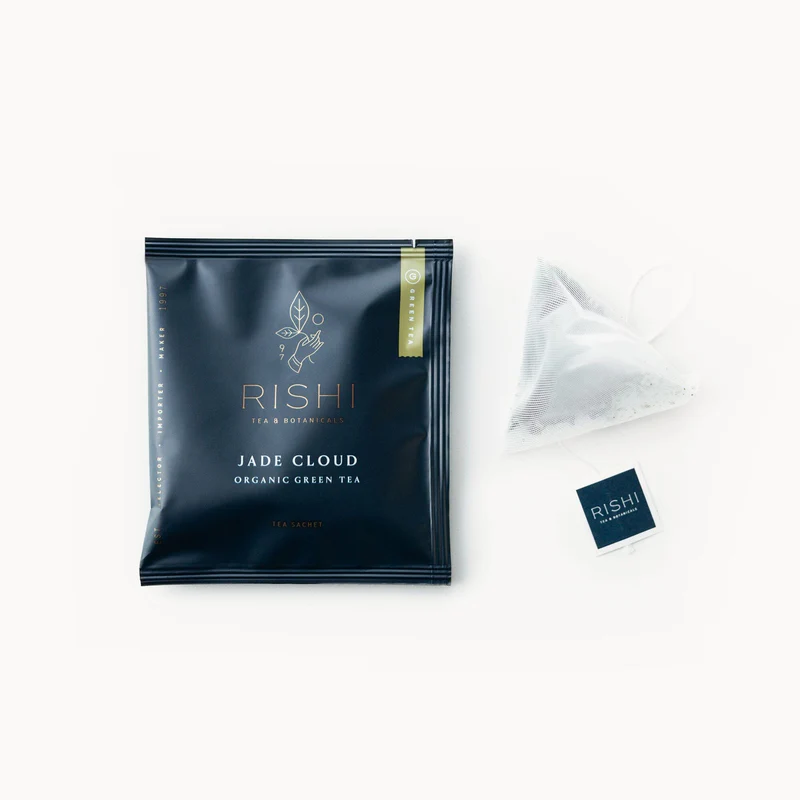
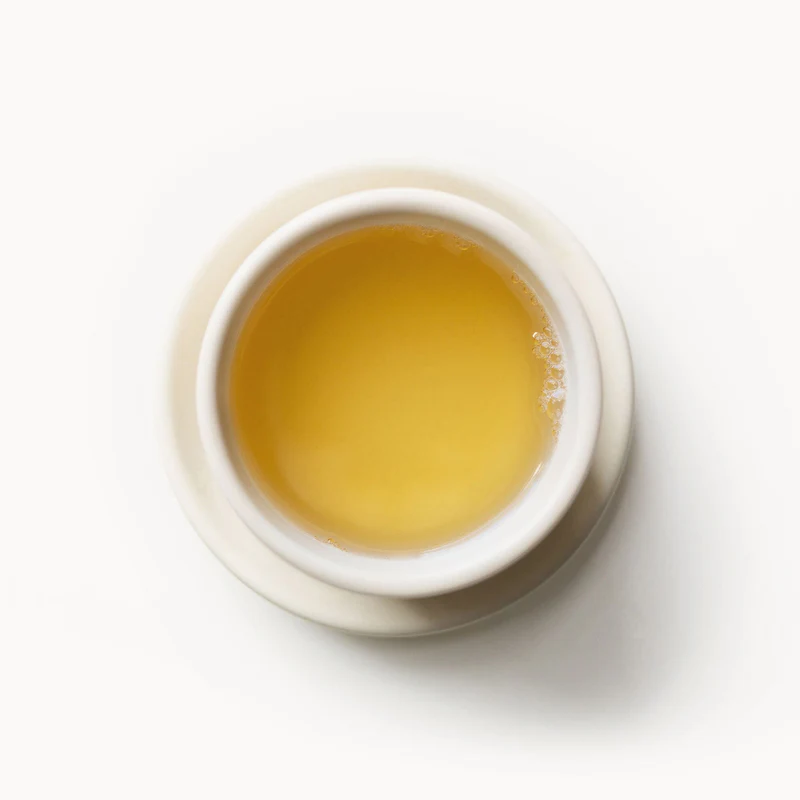
Jade Cloud
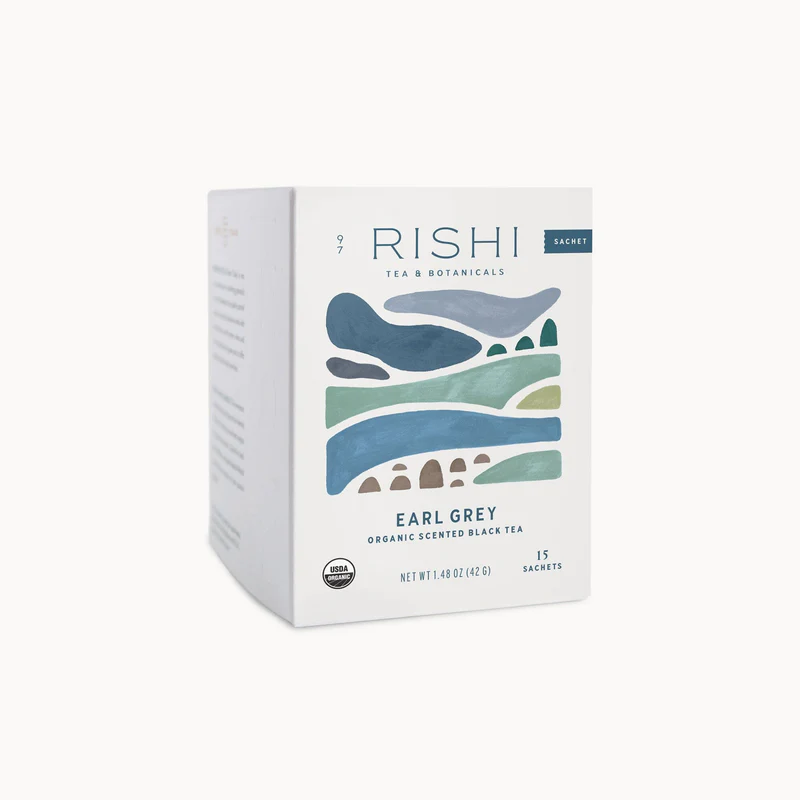
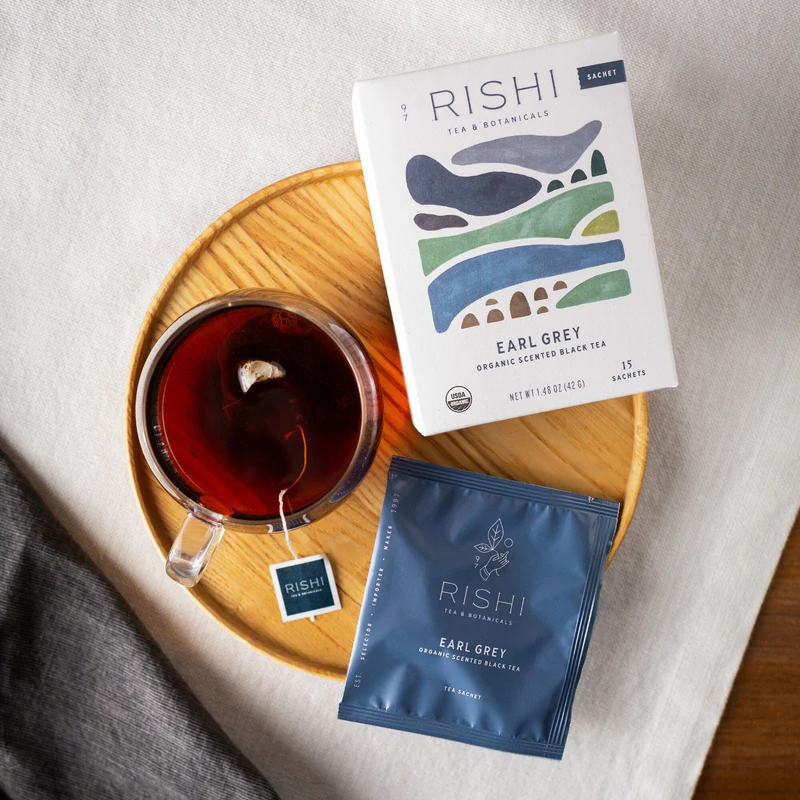
Earl Grey
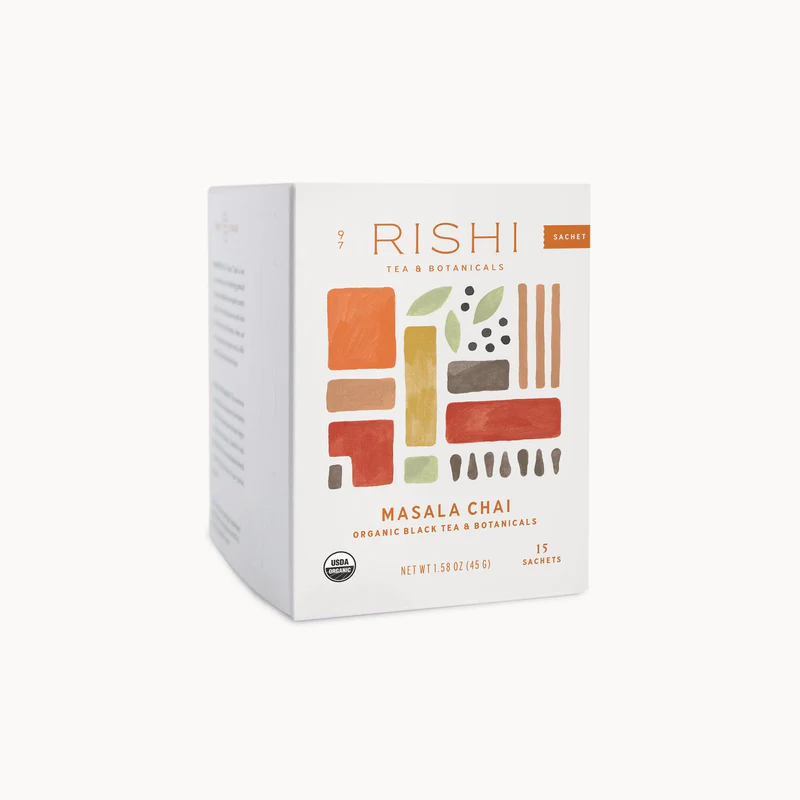
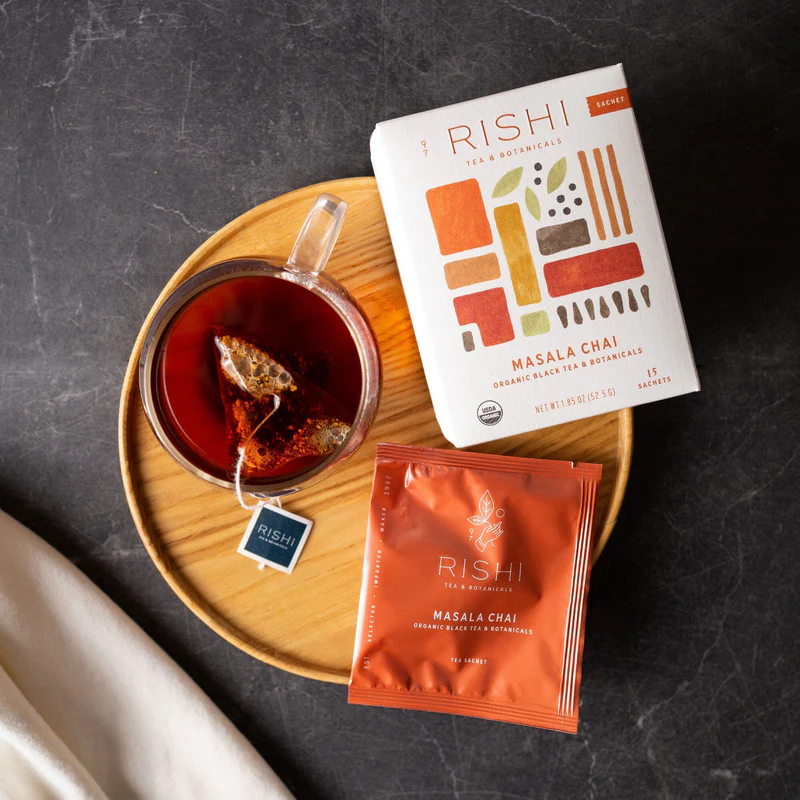
Masala Chai
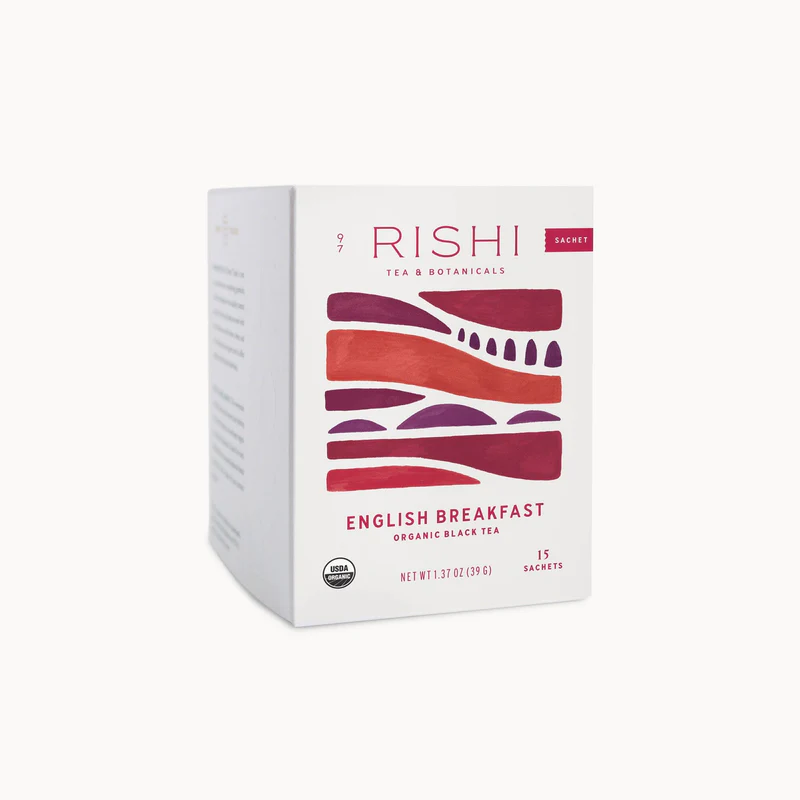
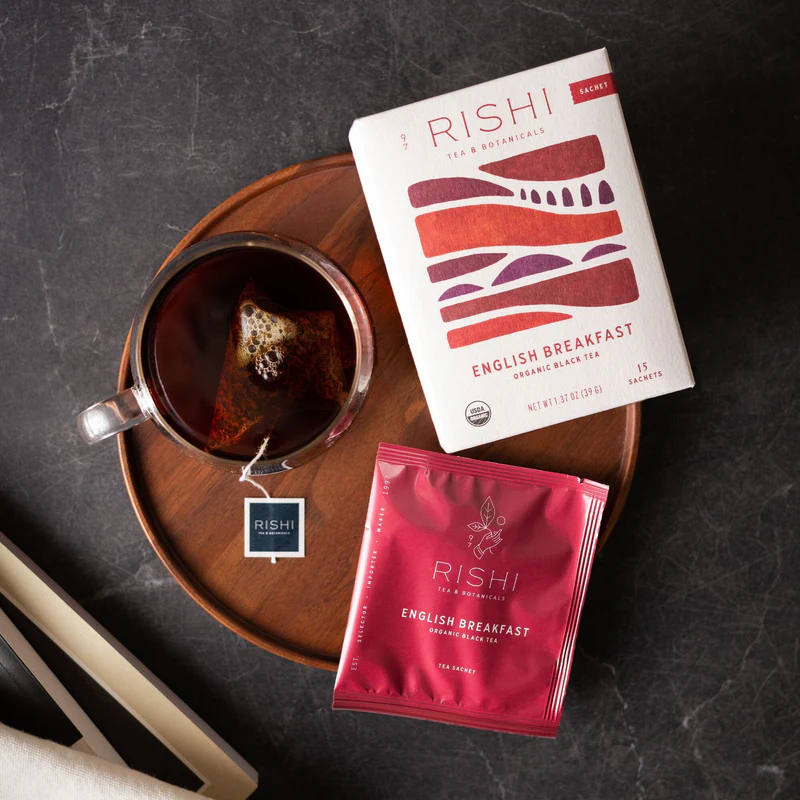
English Breakfast
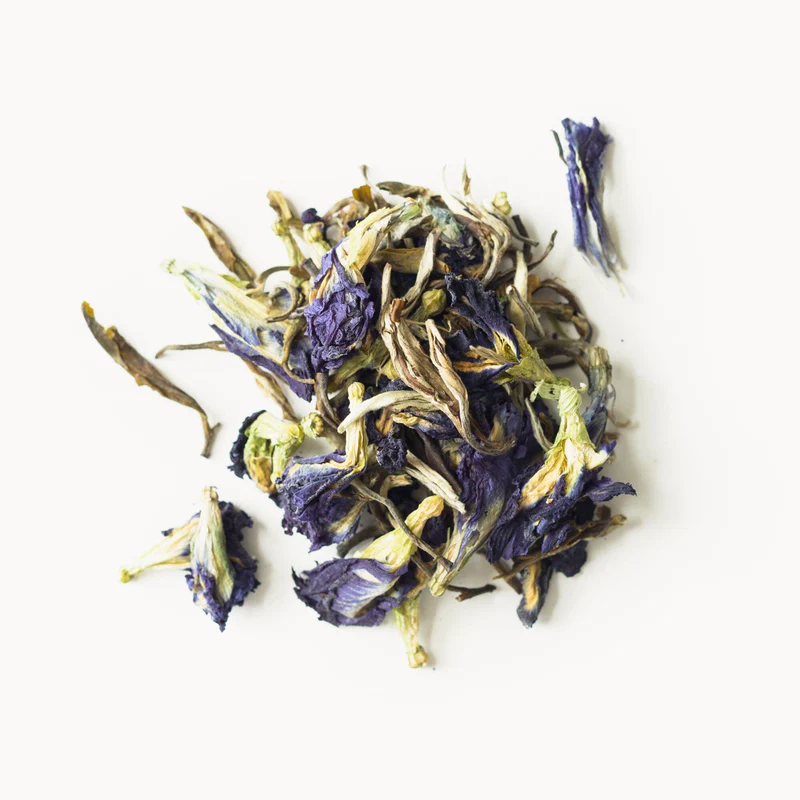
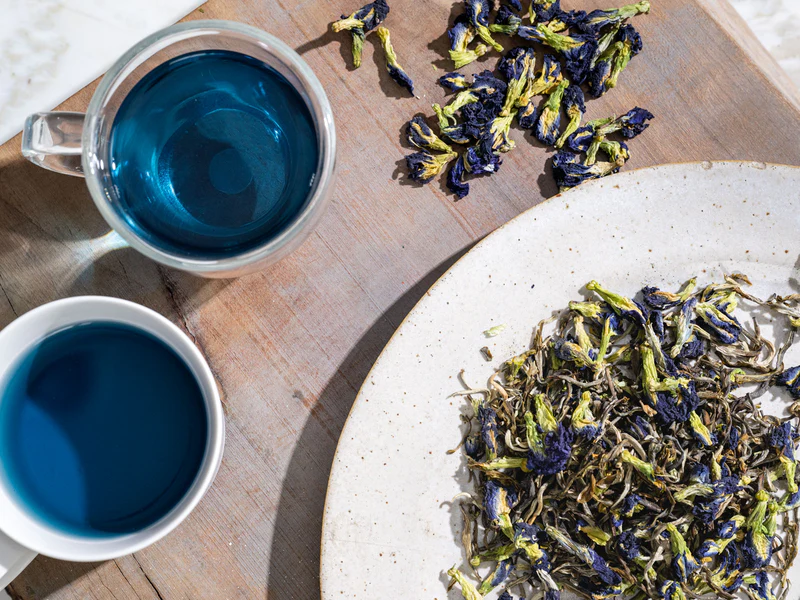
Blue Jasmine

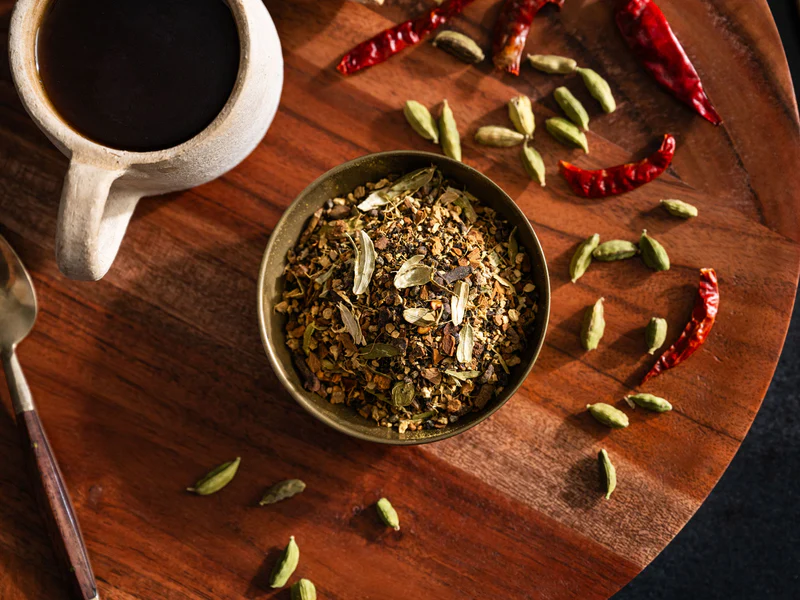
Spicy Masala Chai
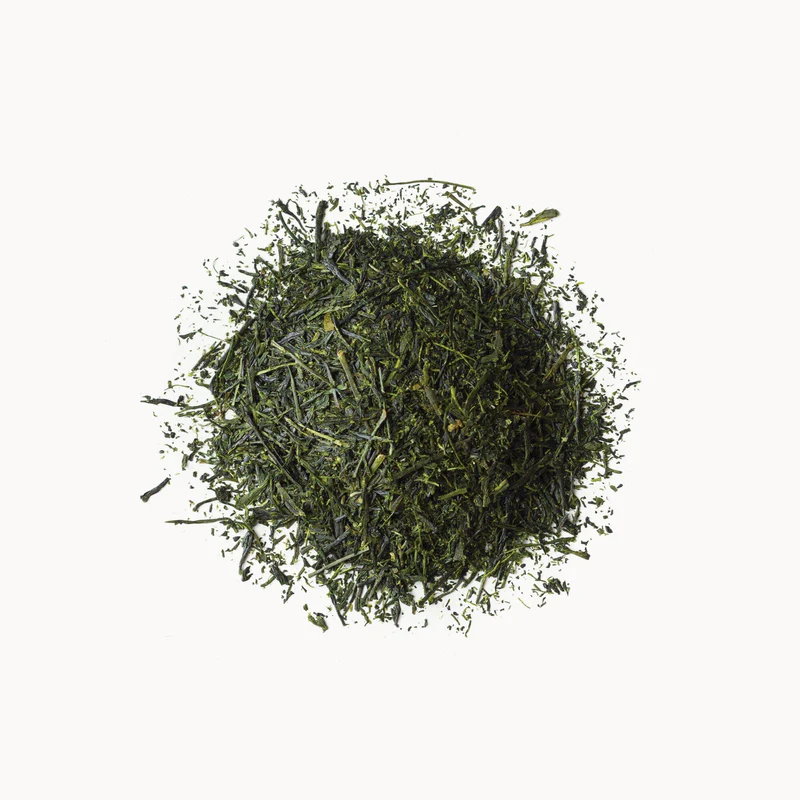
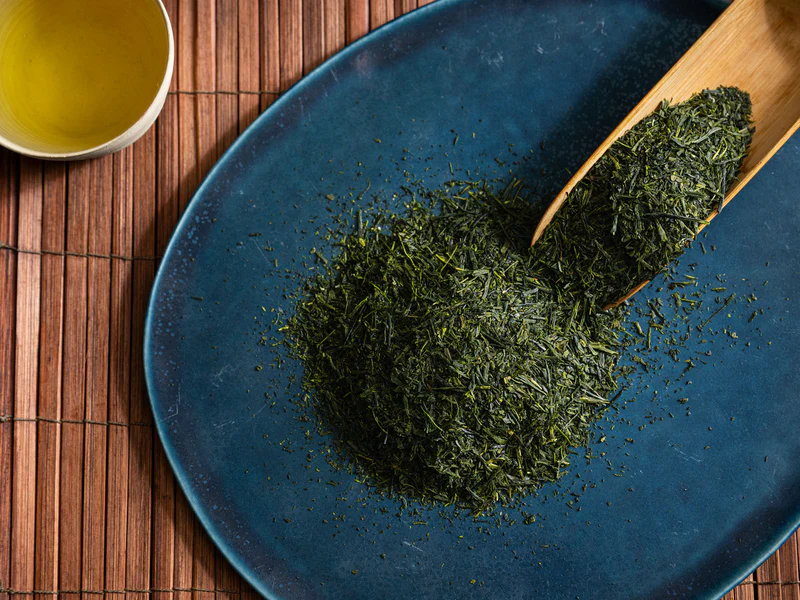
Sencha

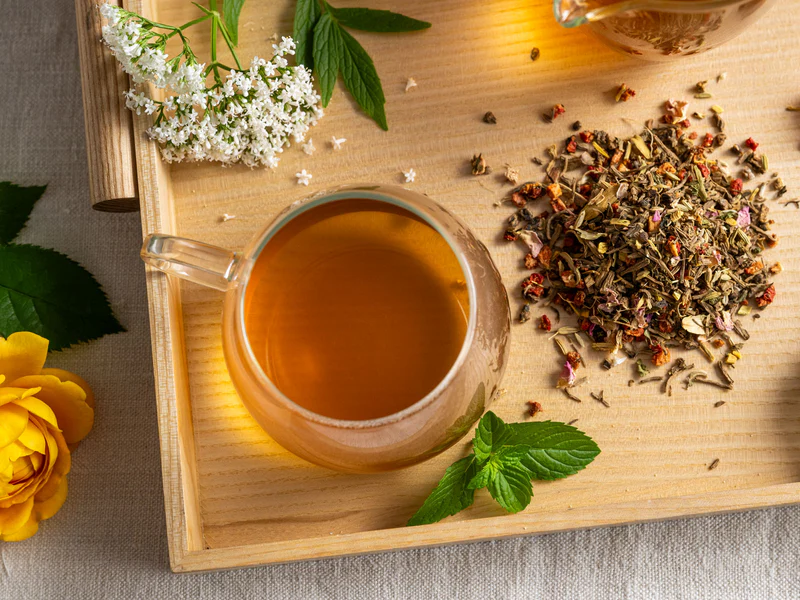
Valerian Dream
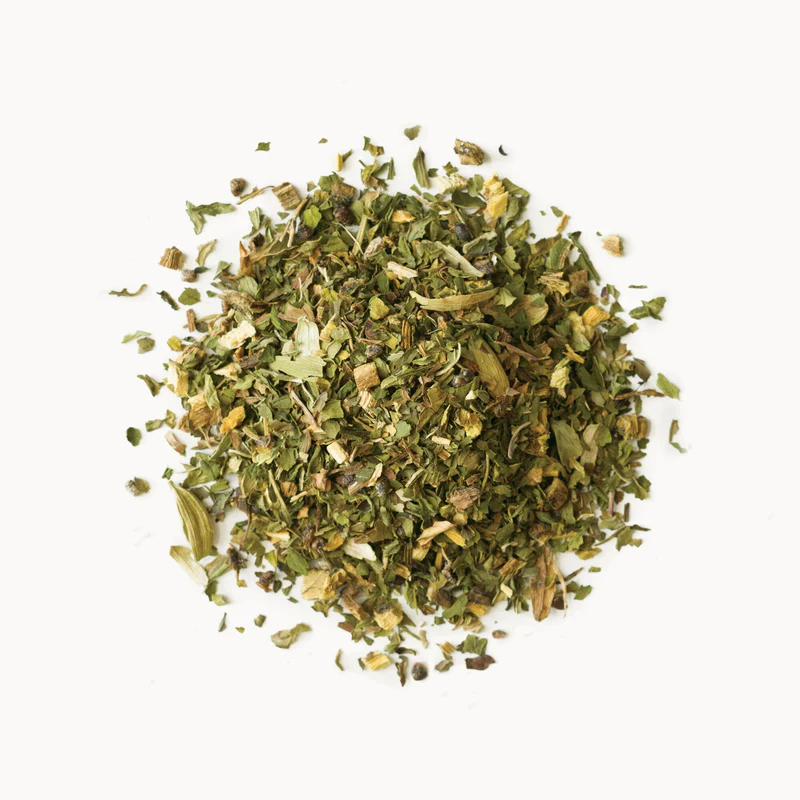
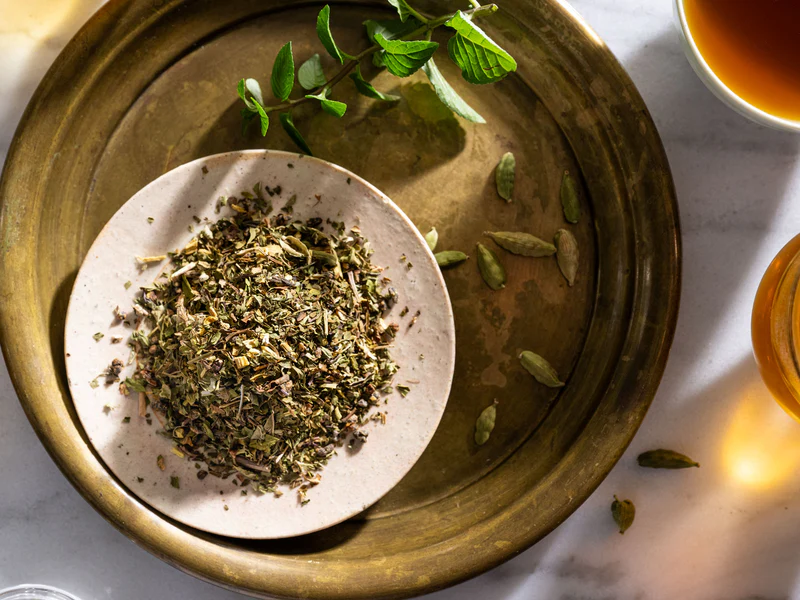
Mystic Mint
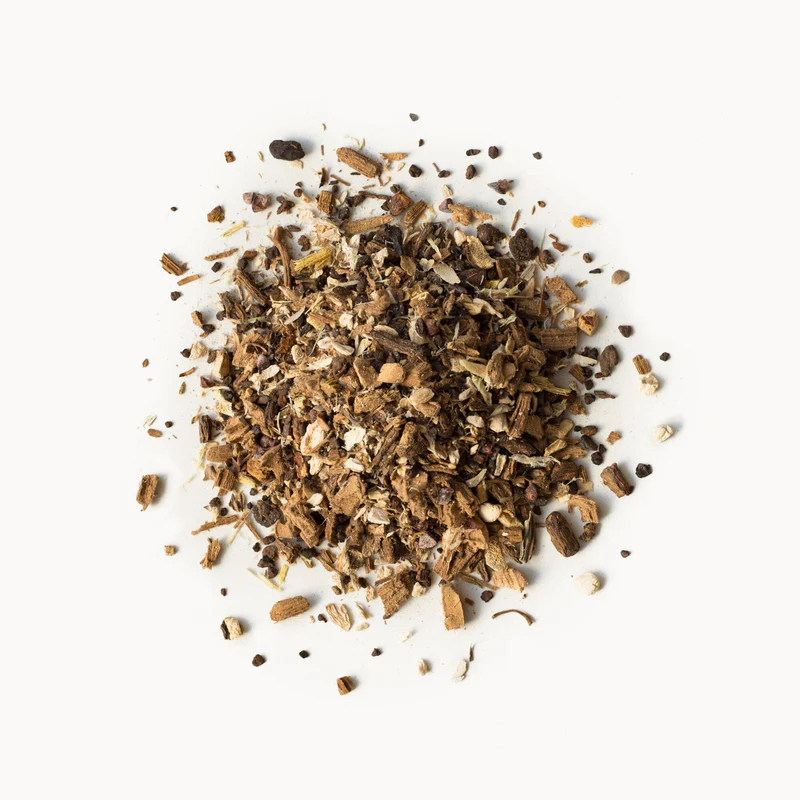
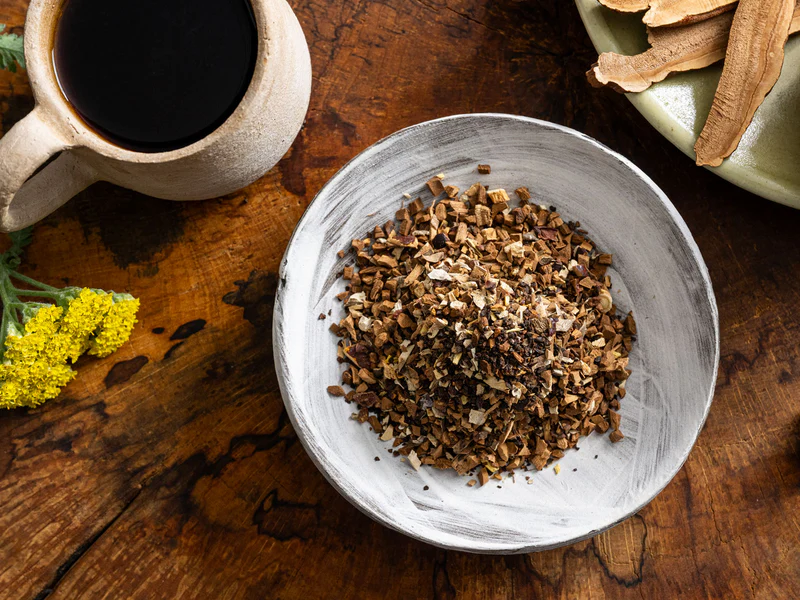
 Best Sellers
Best Sellers


